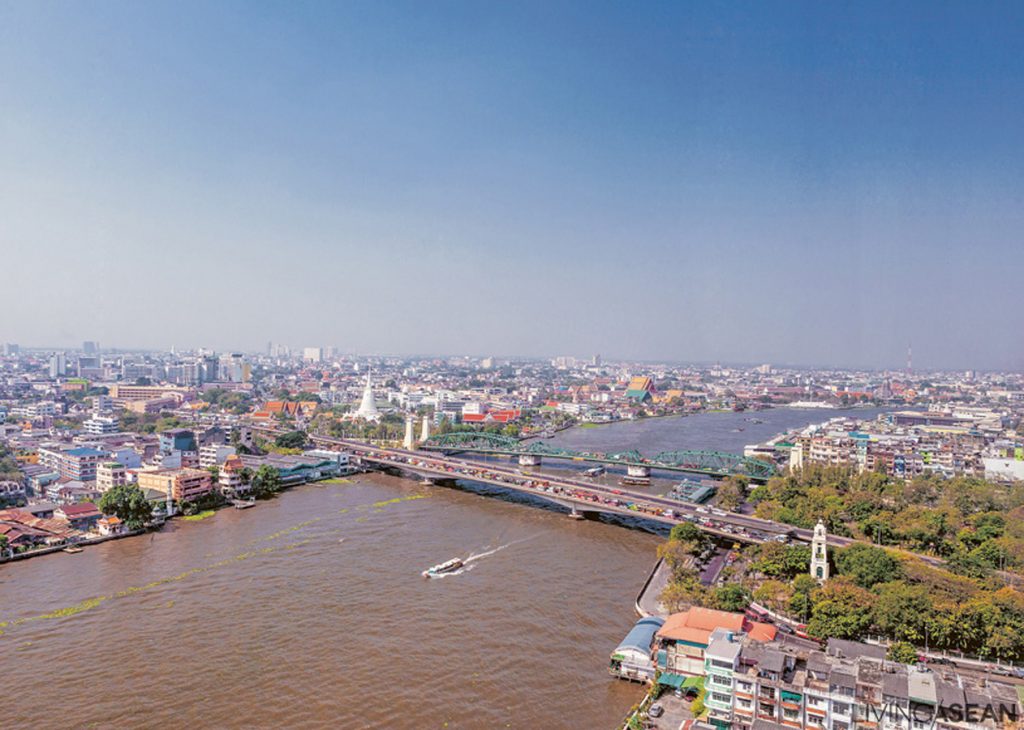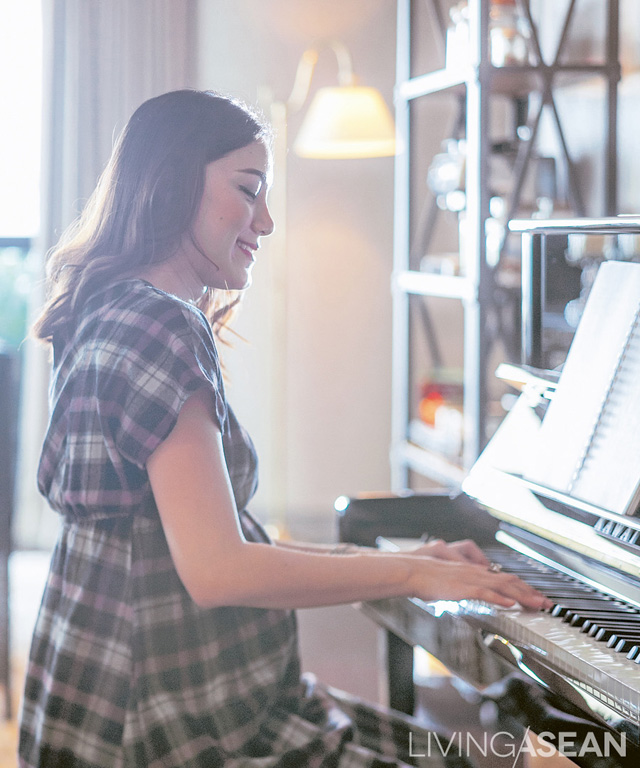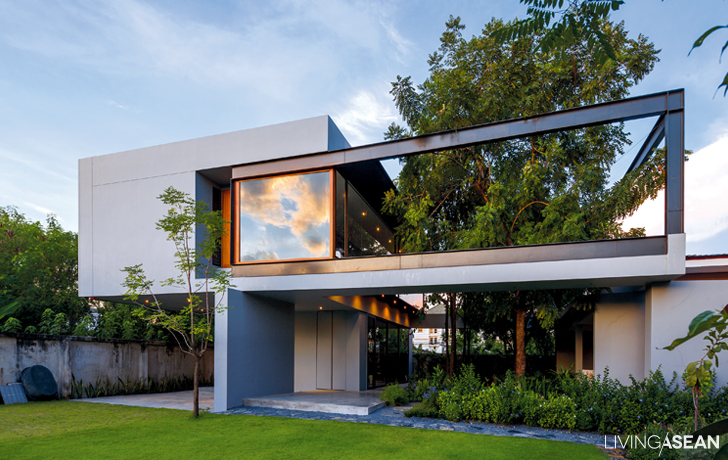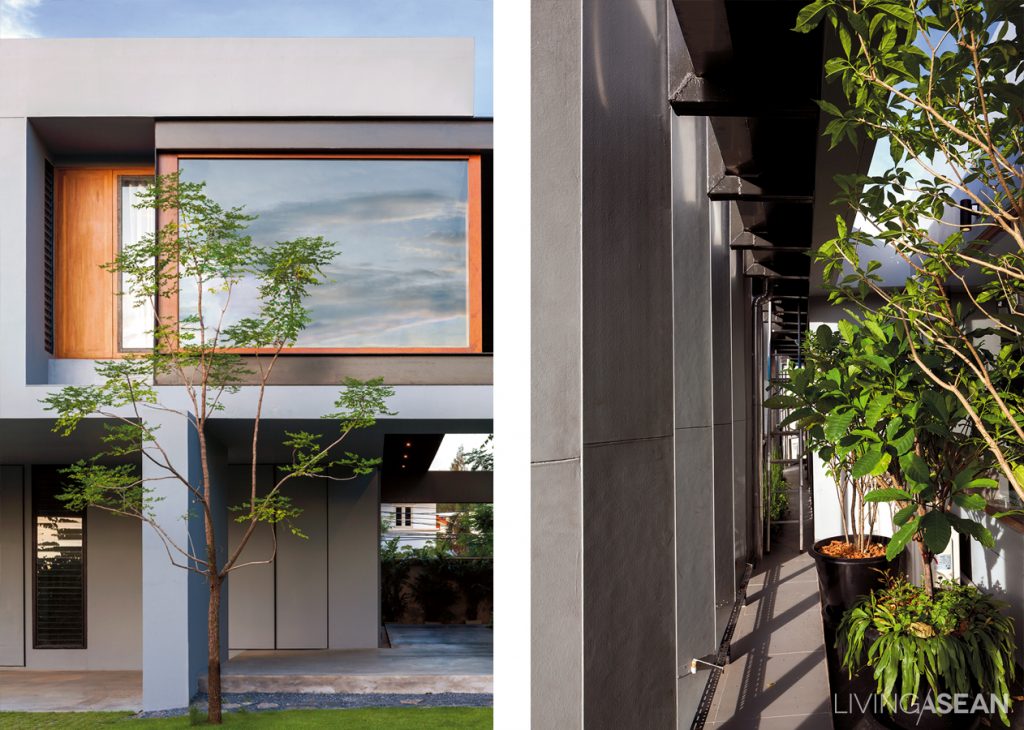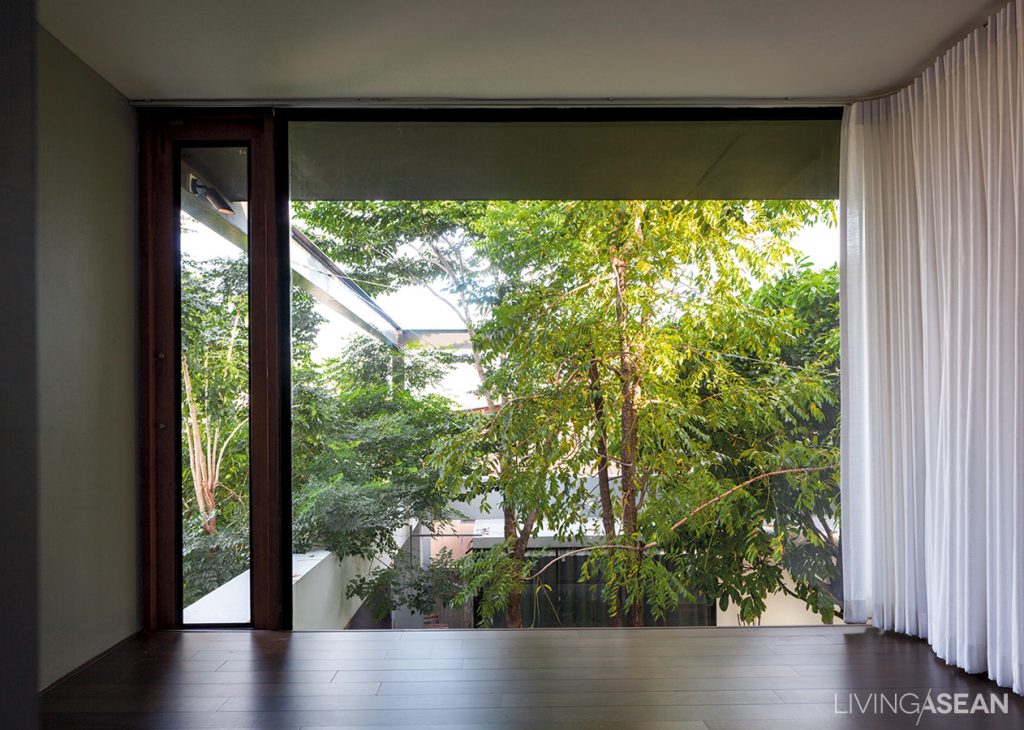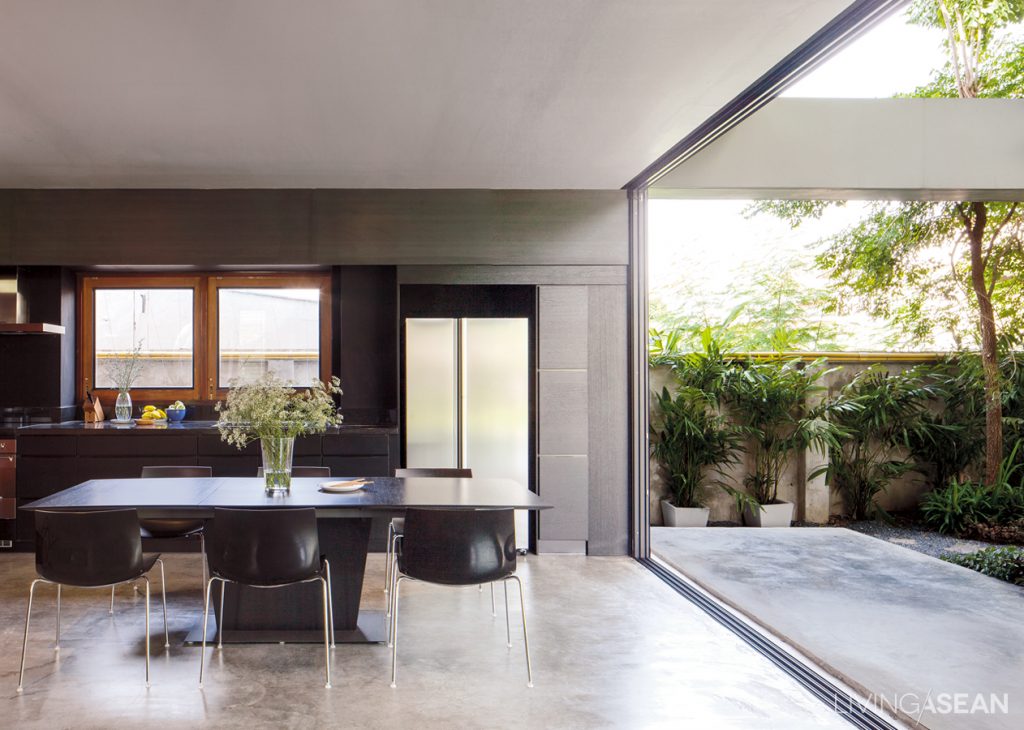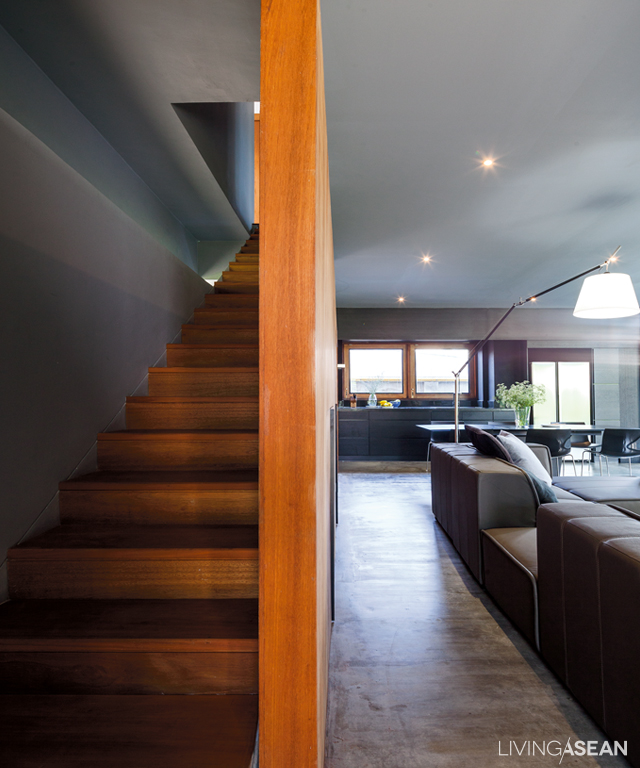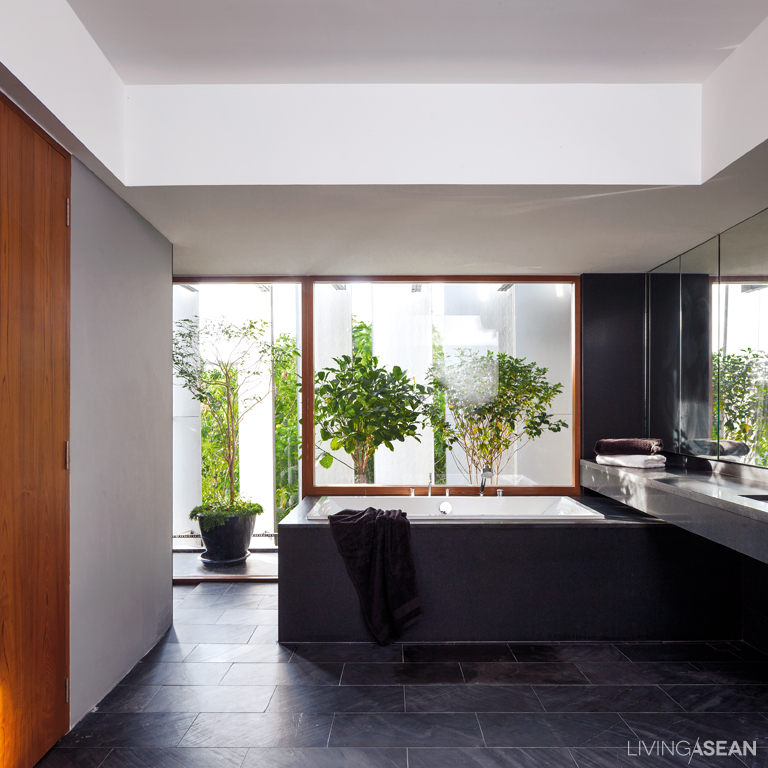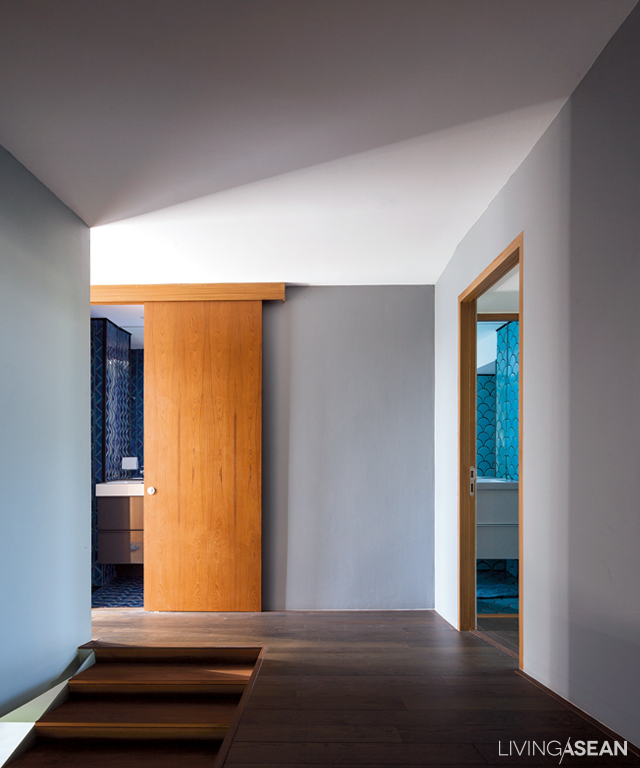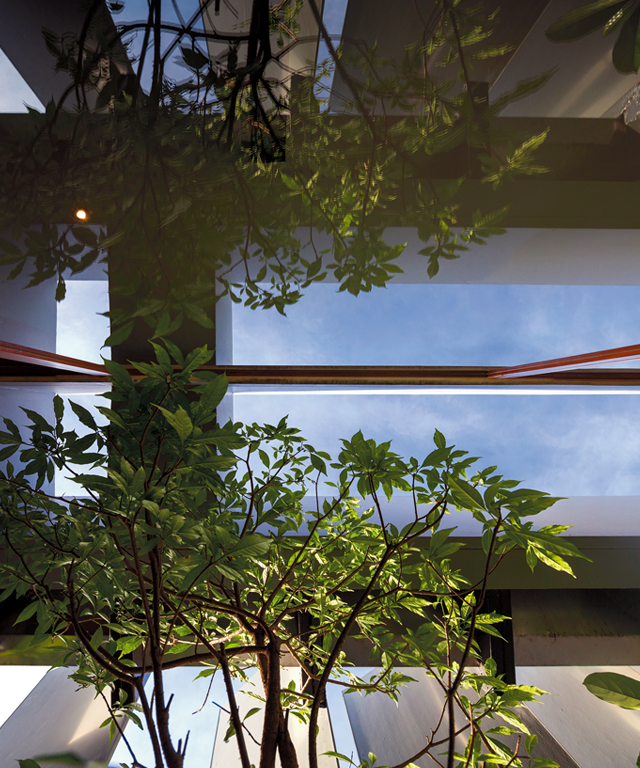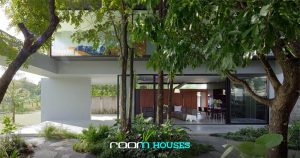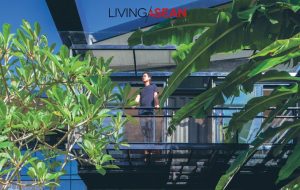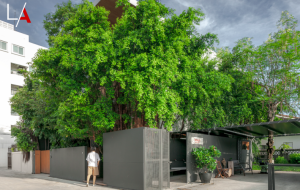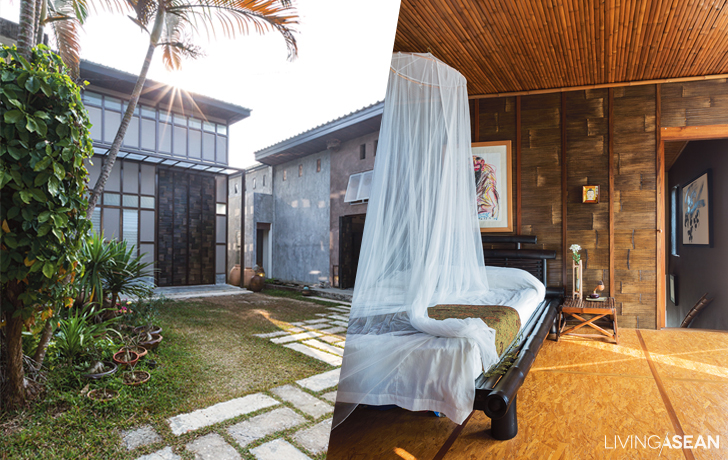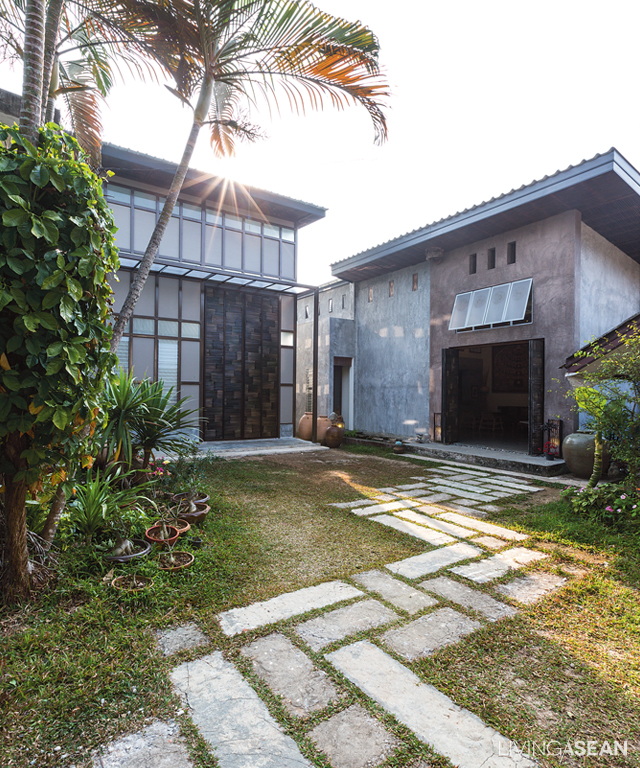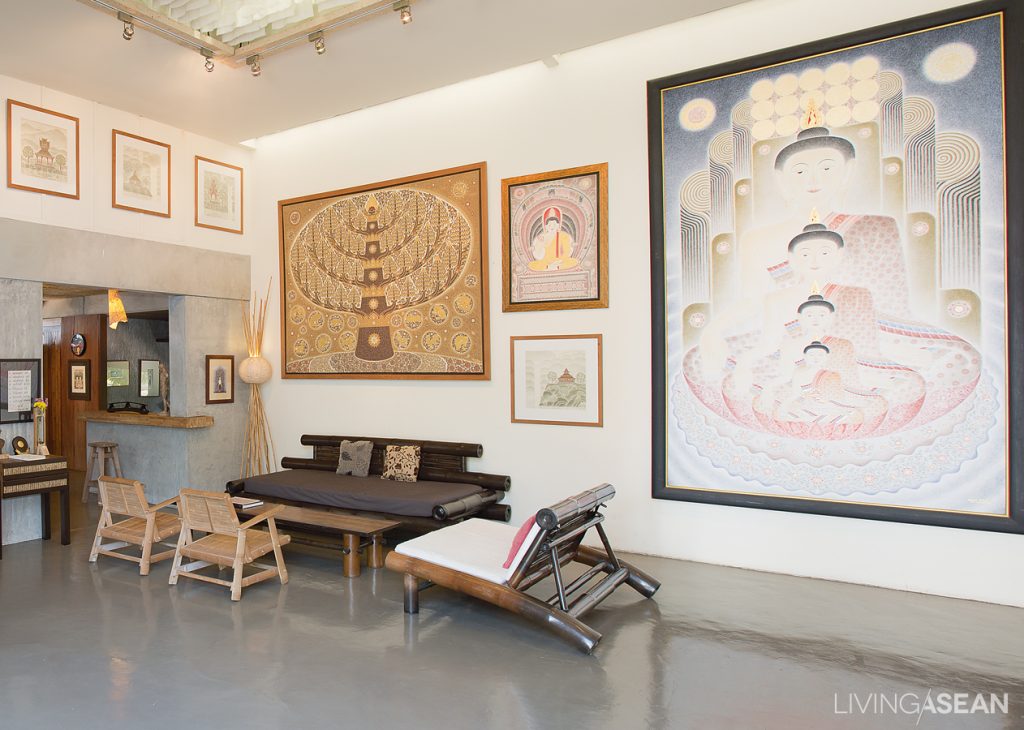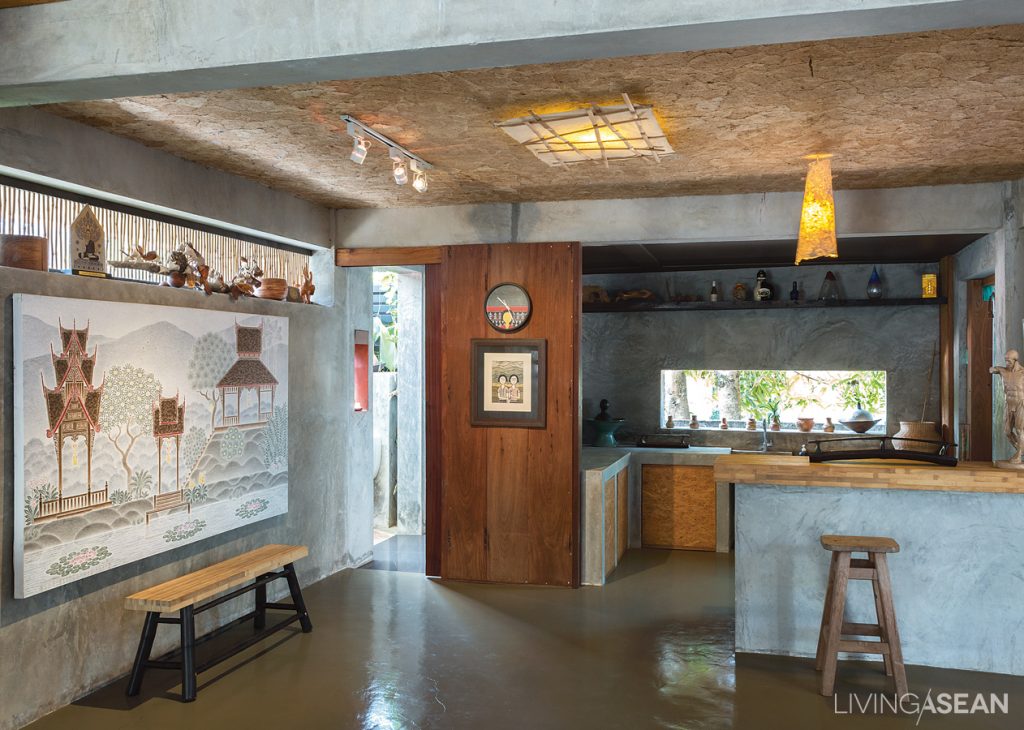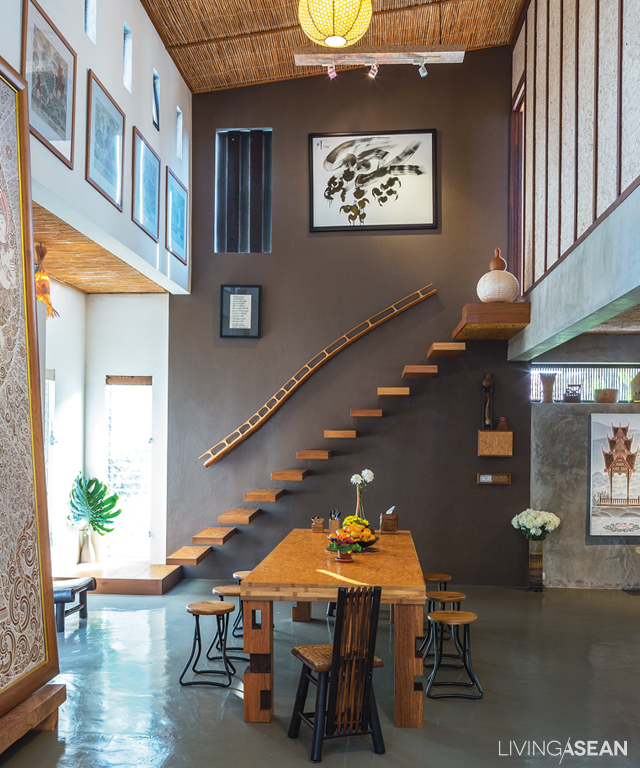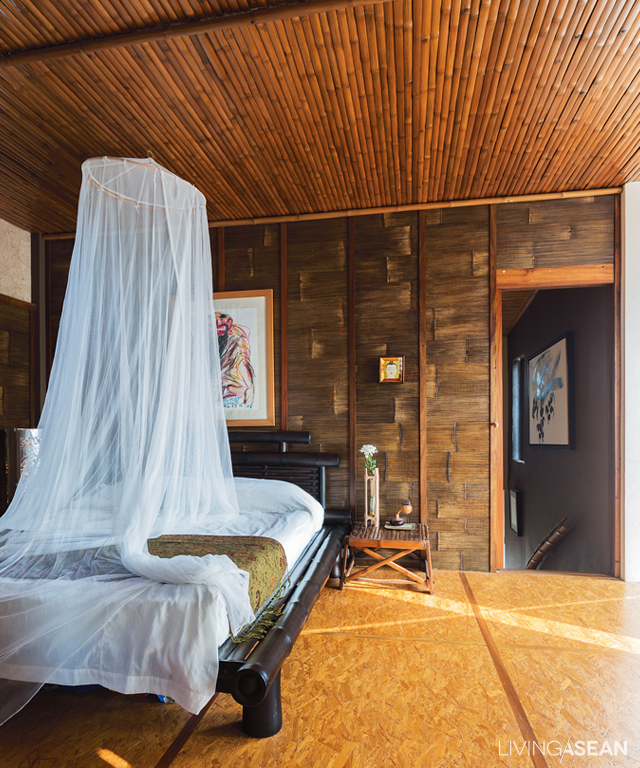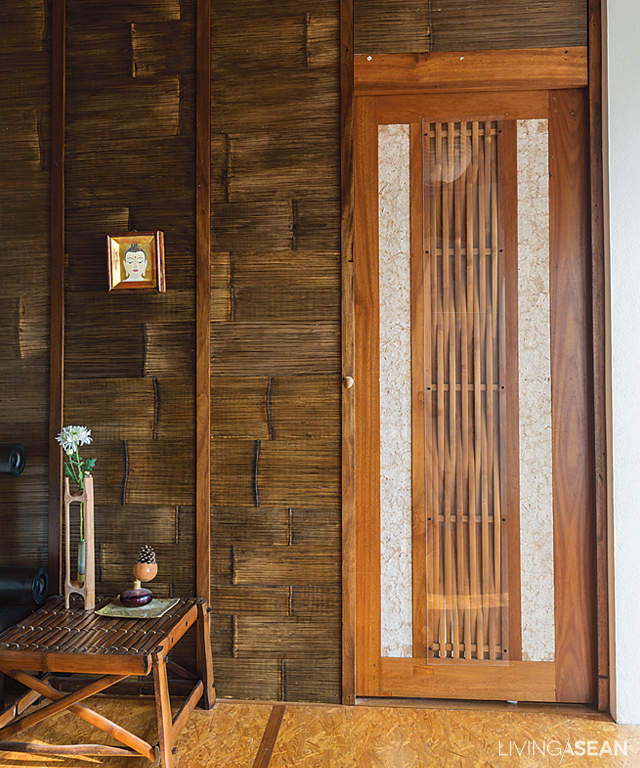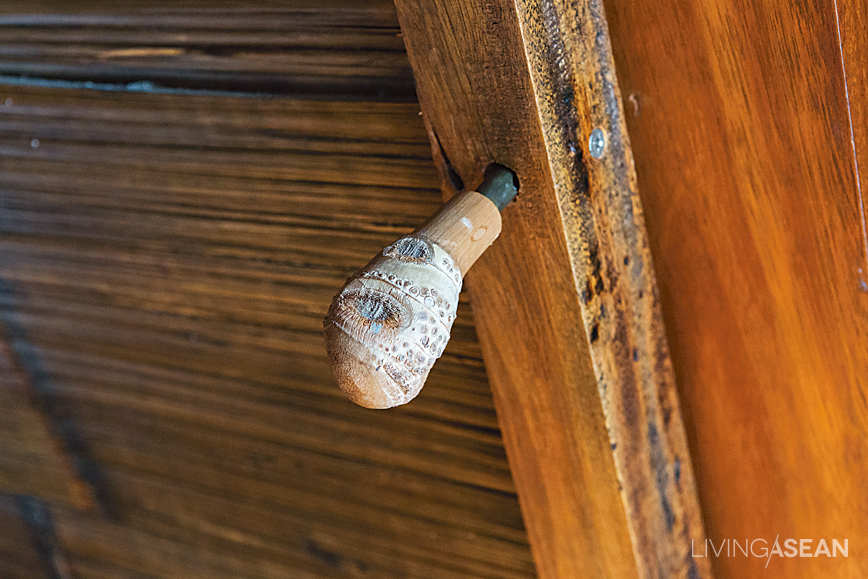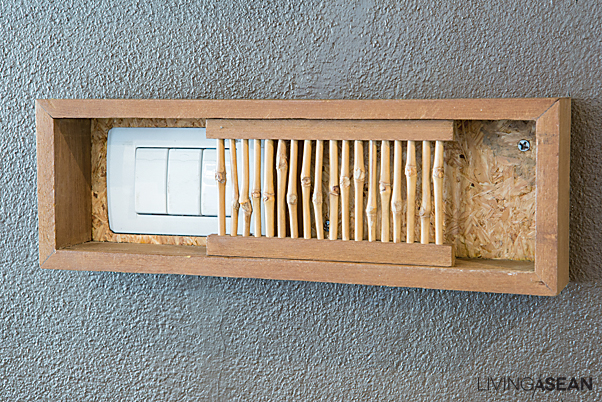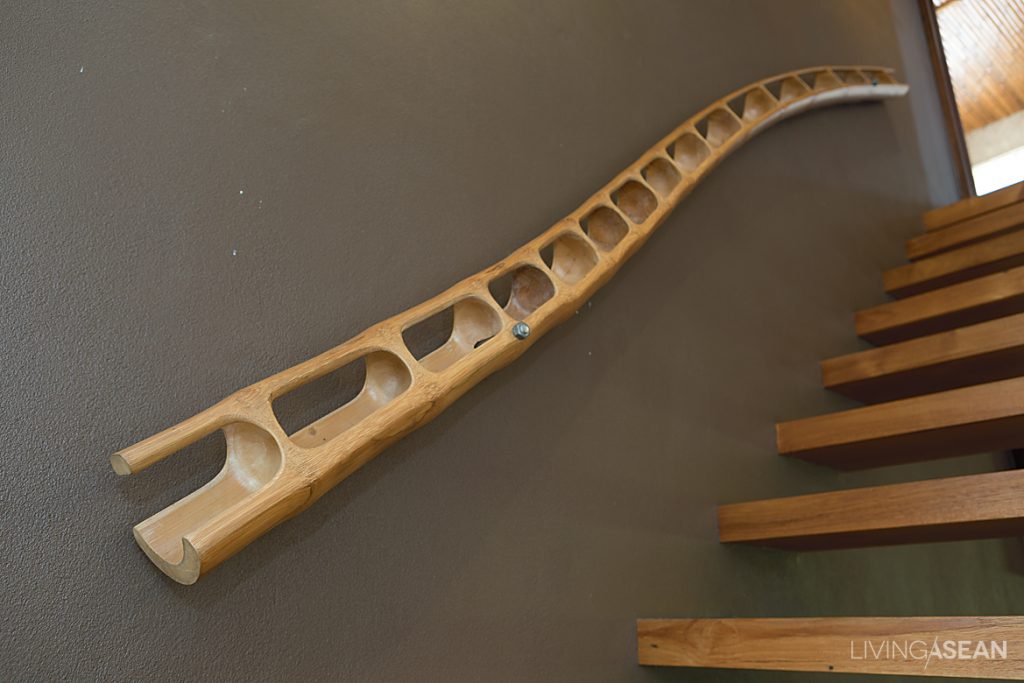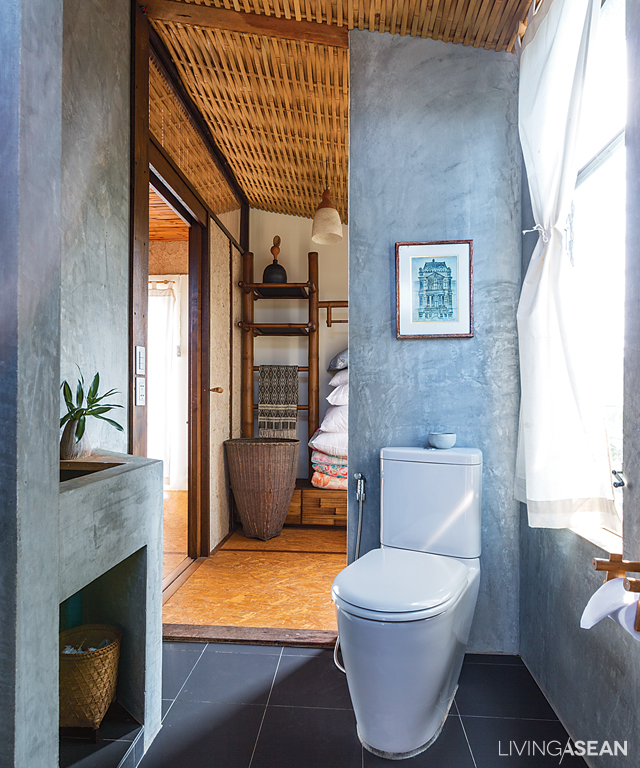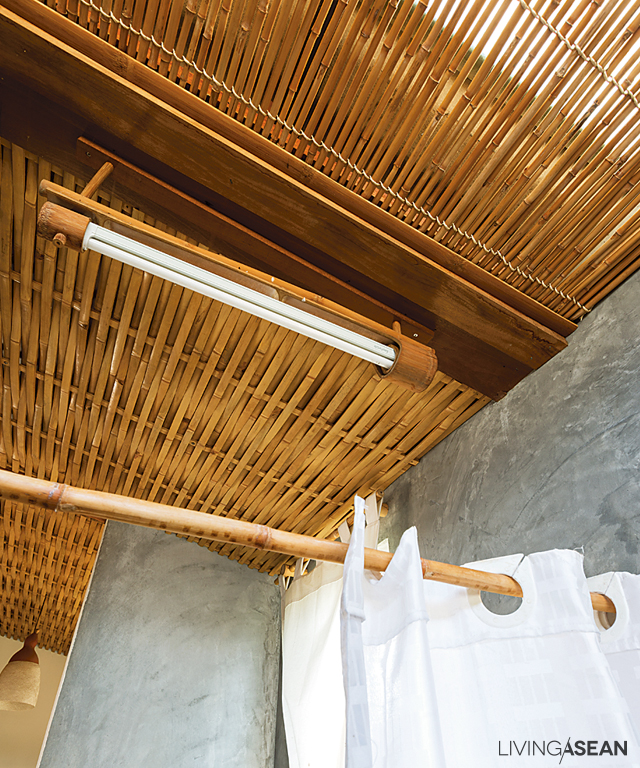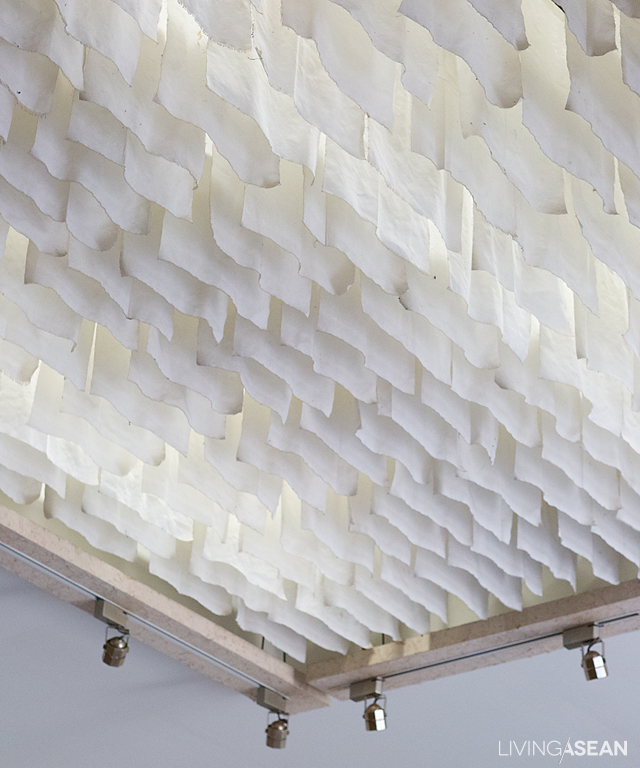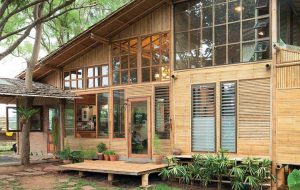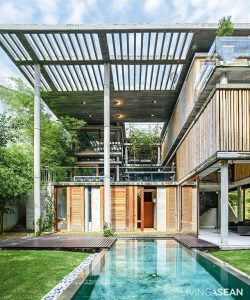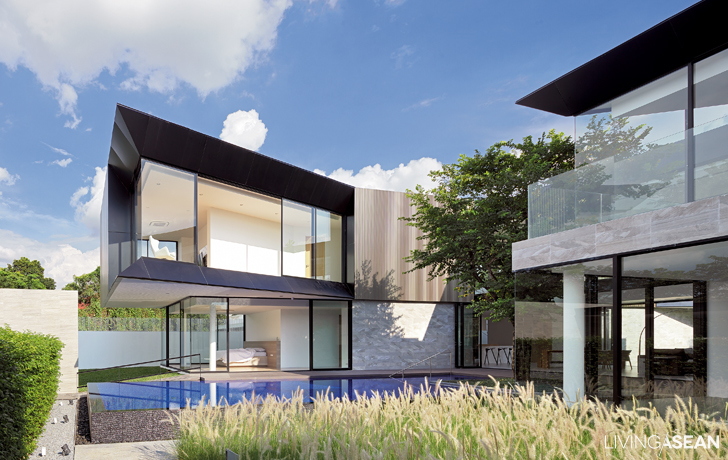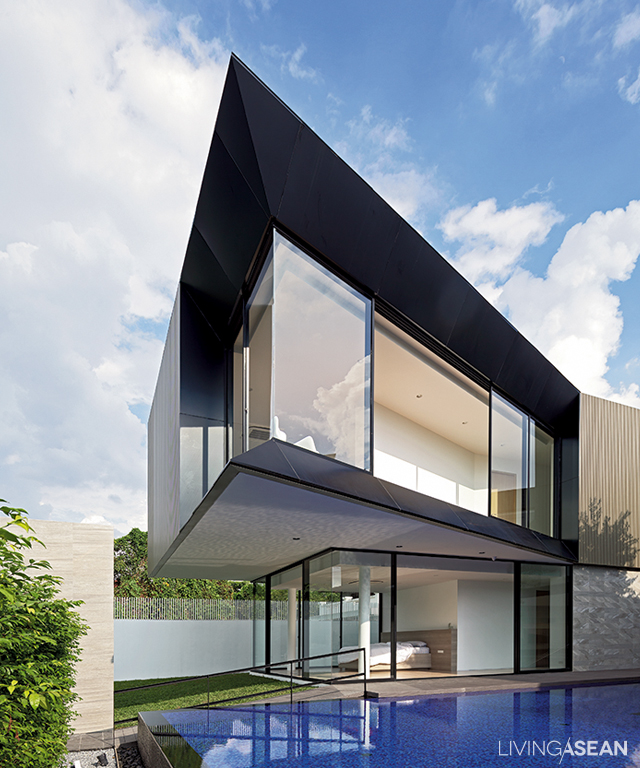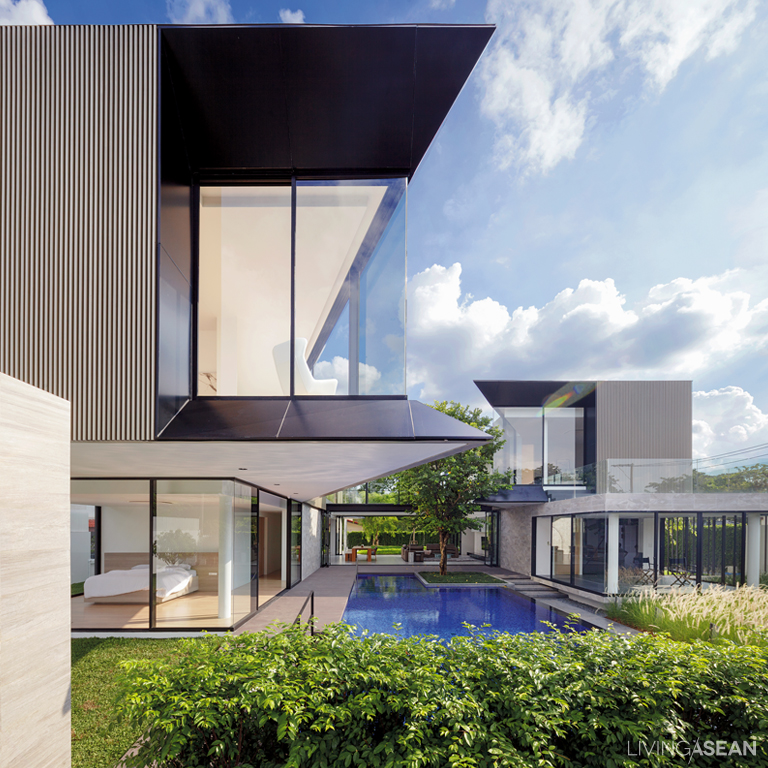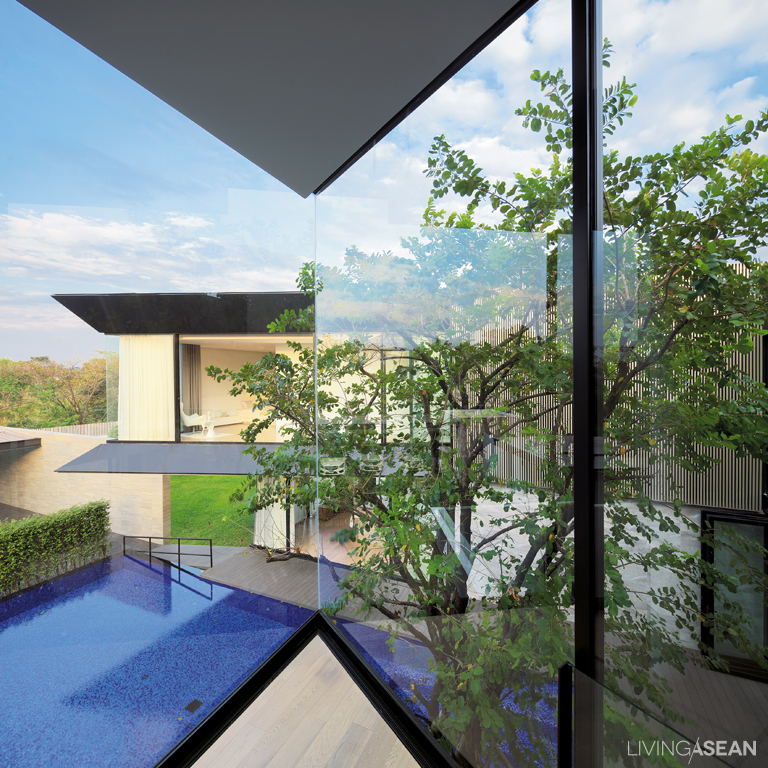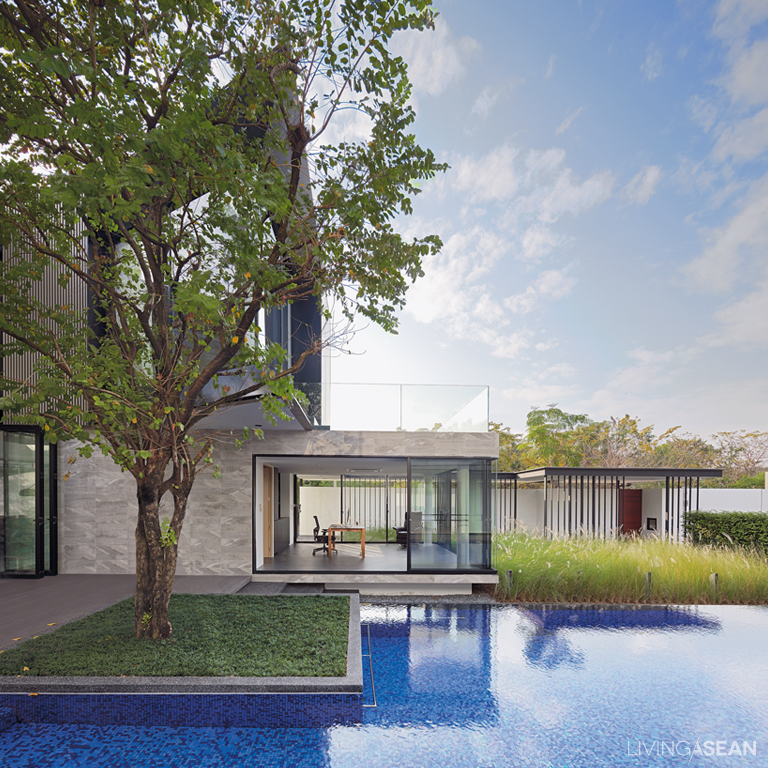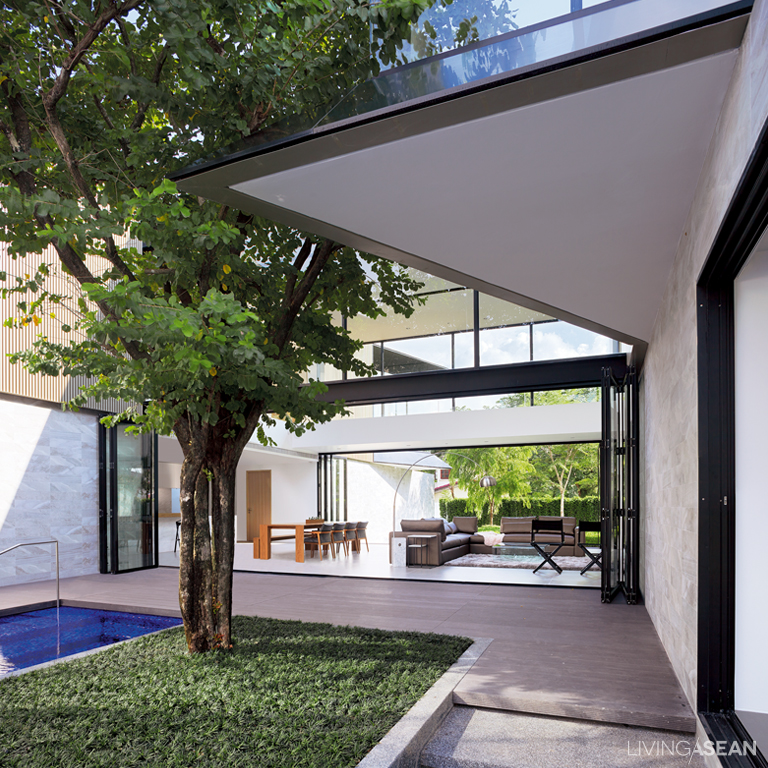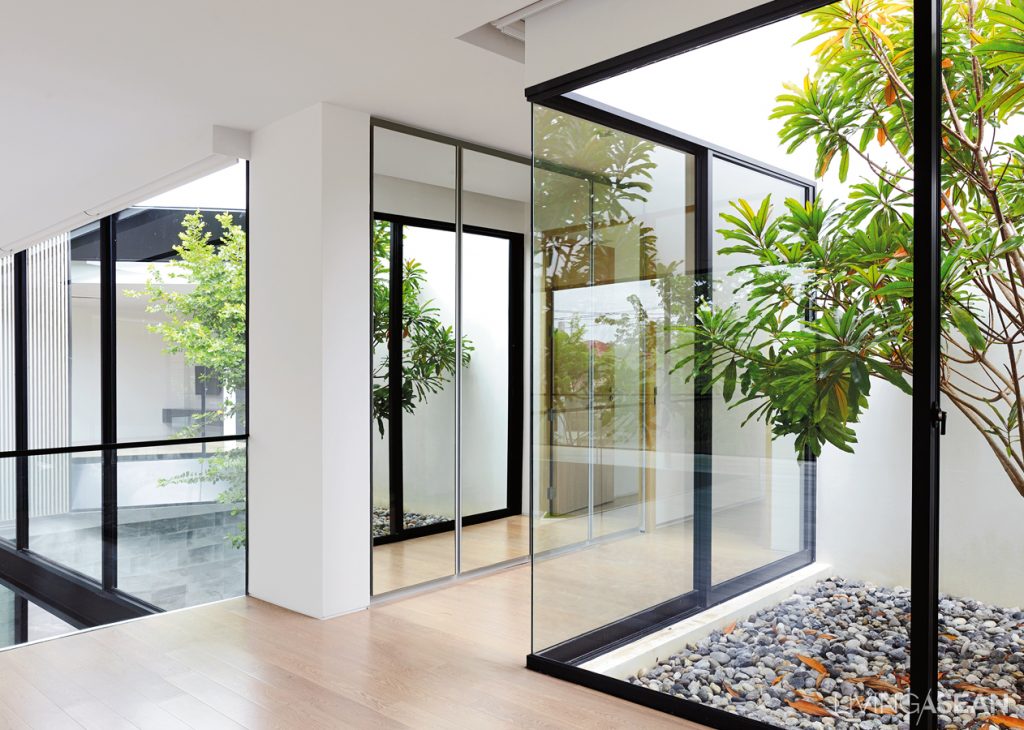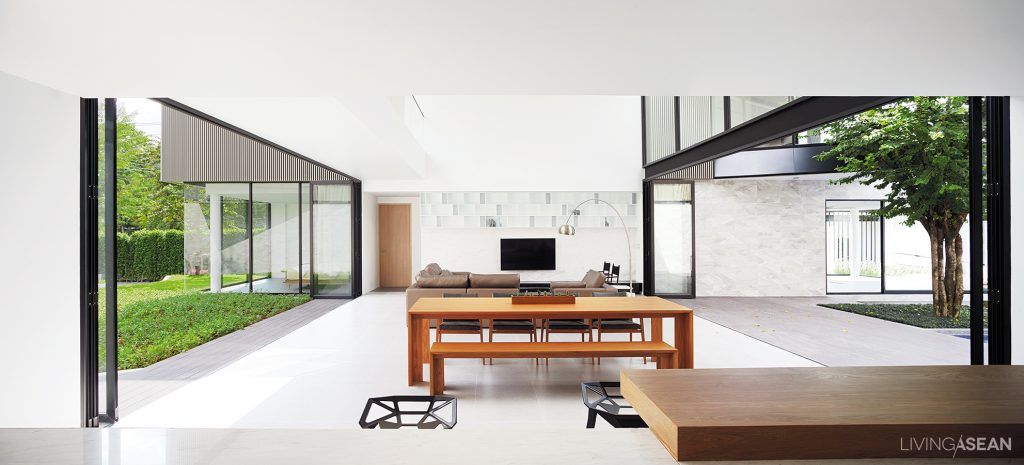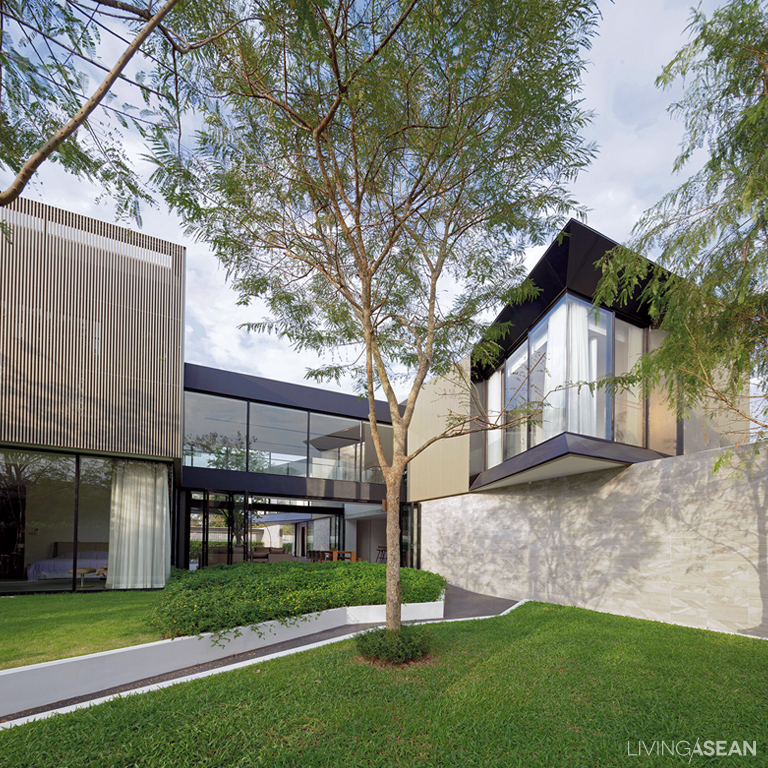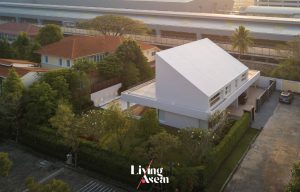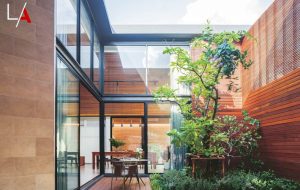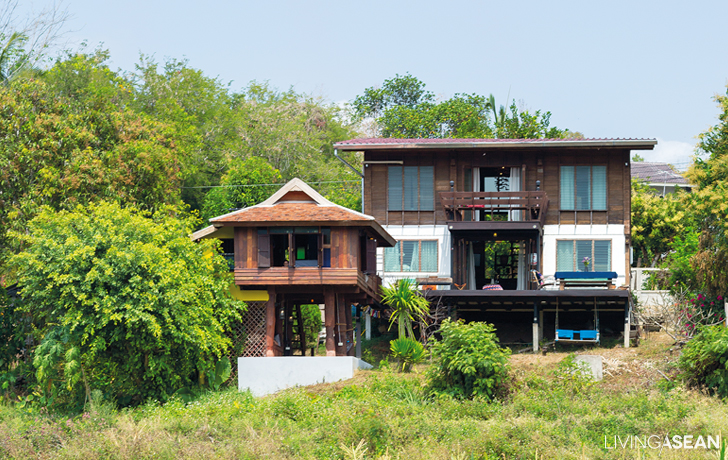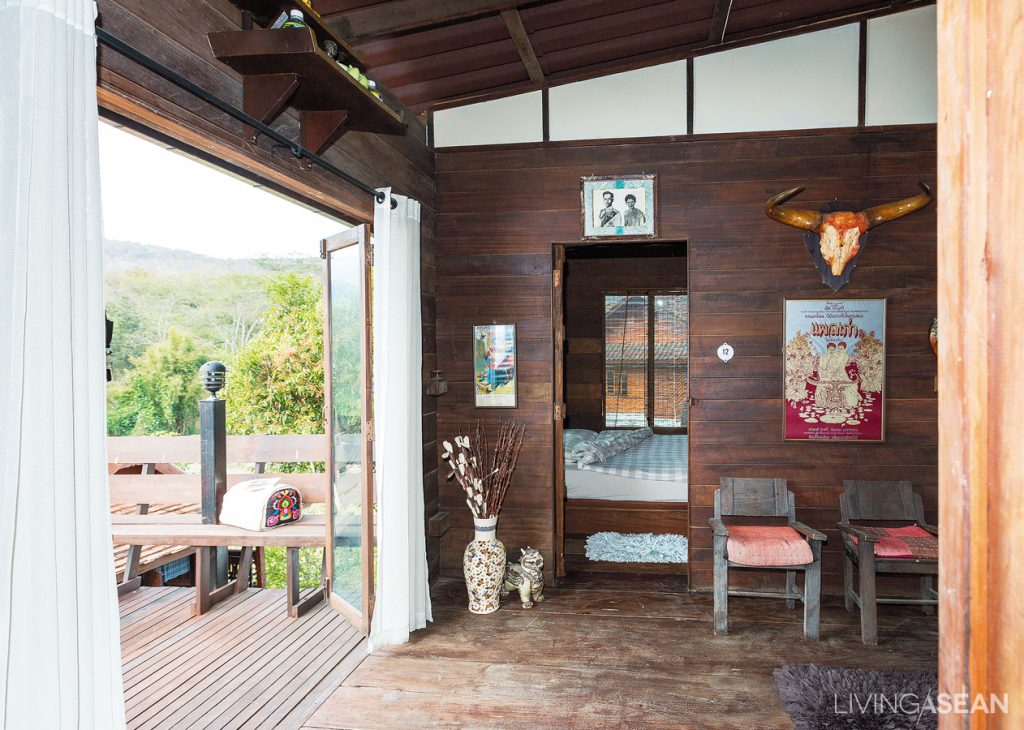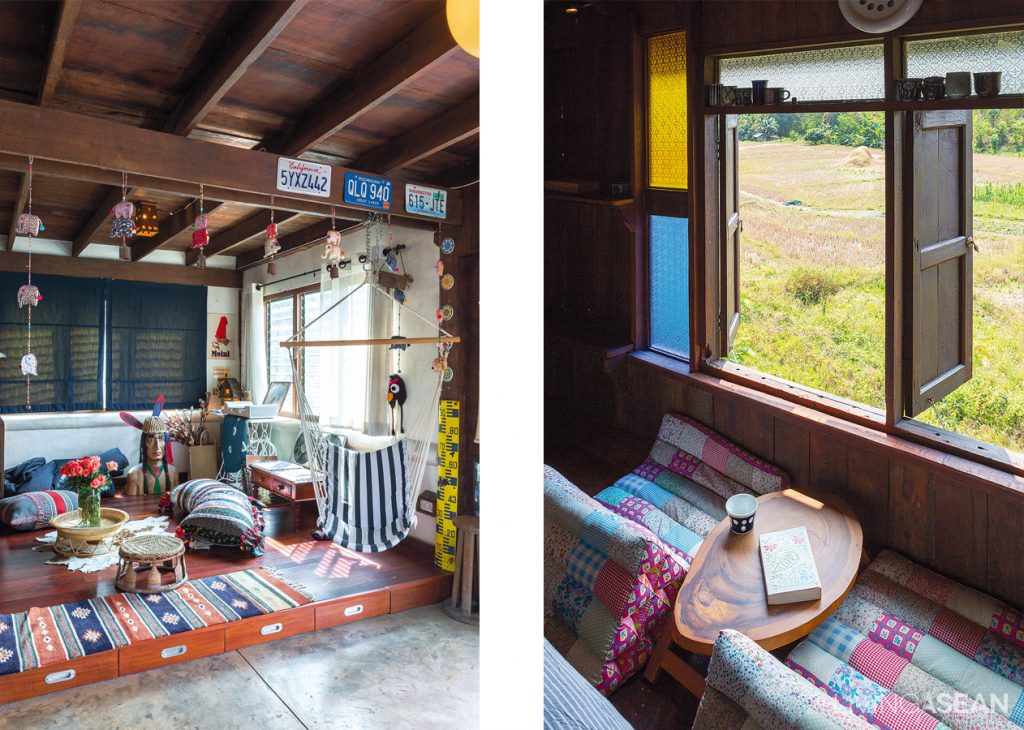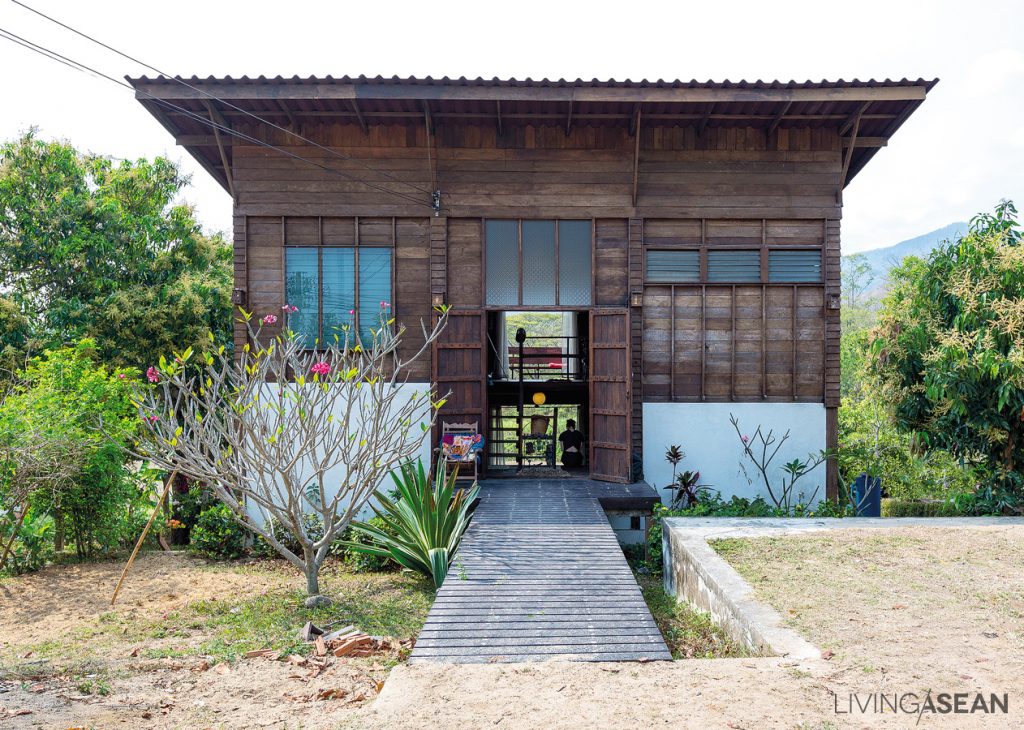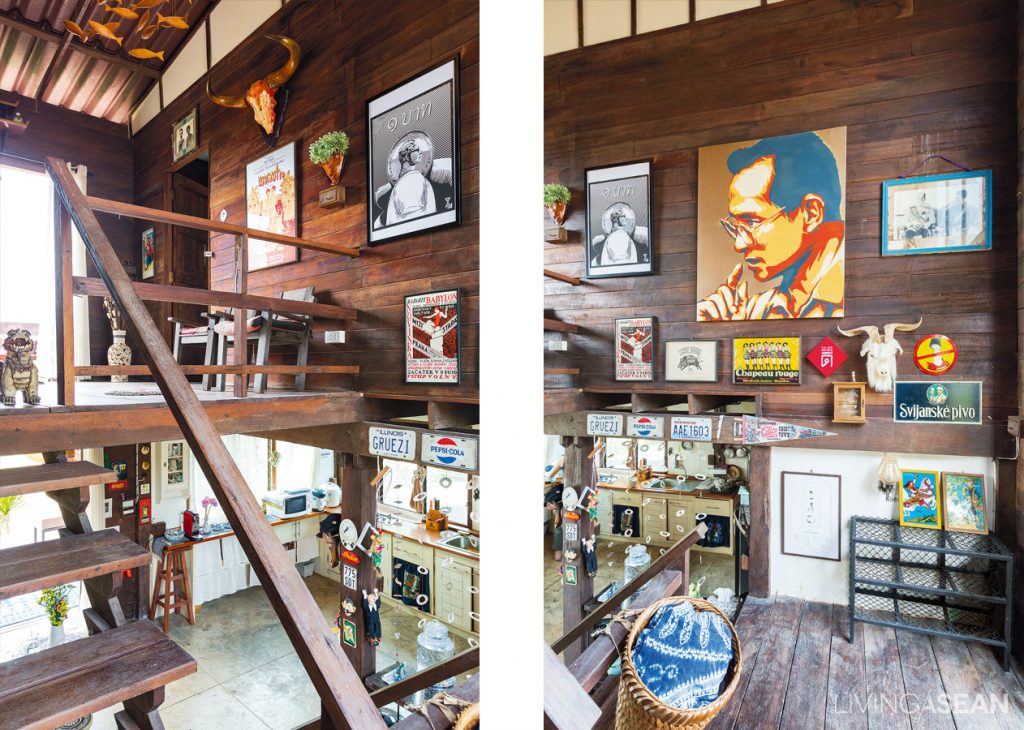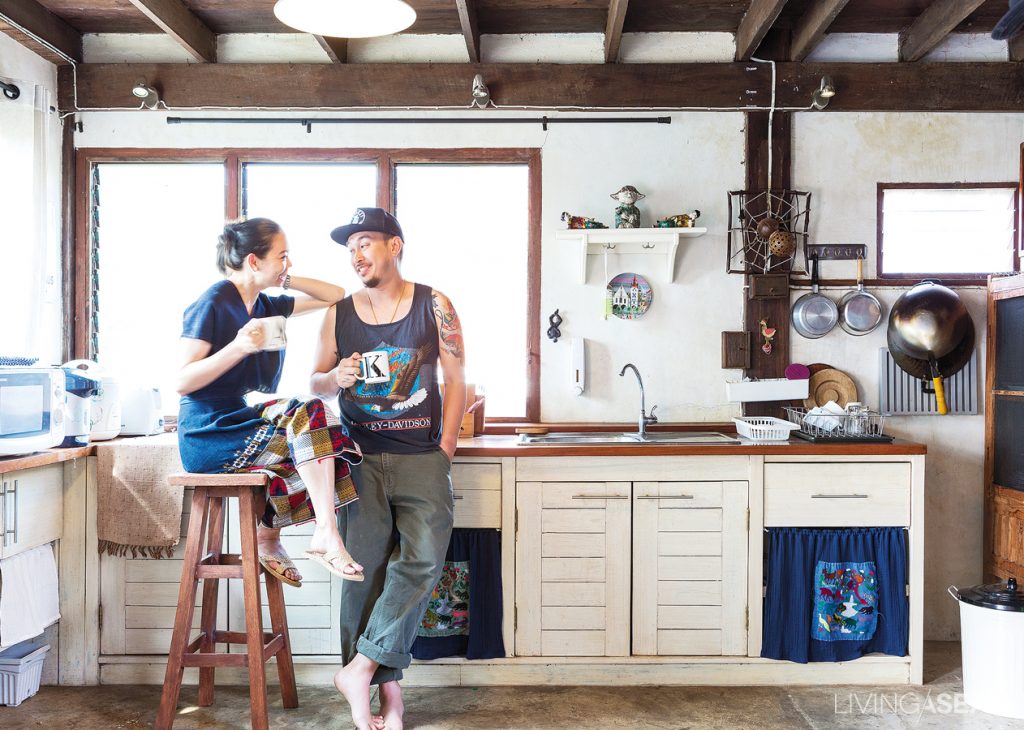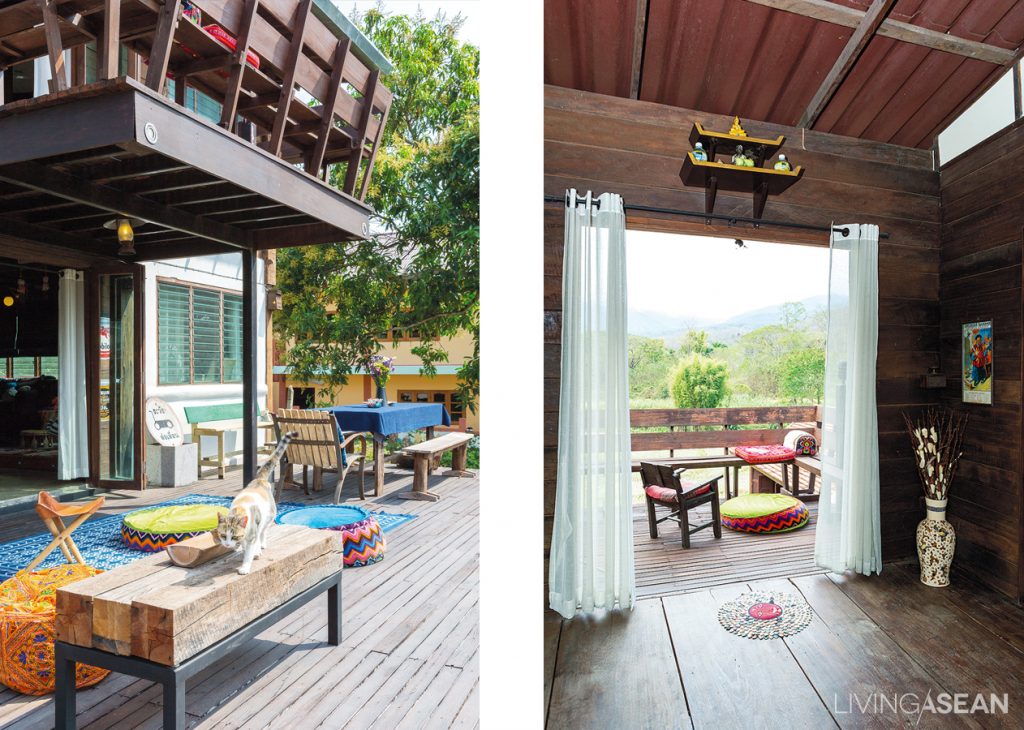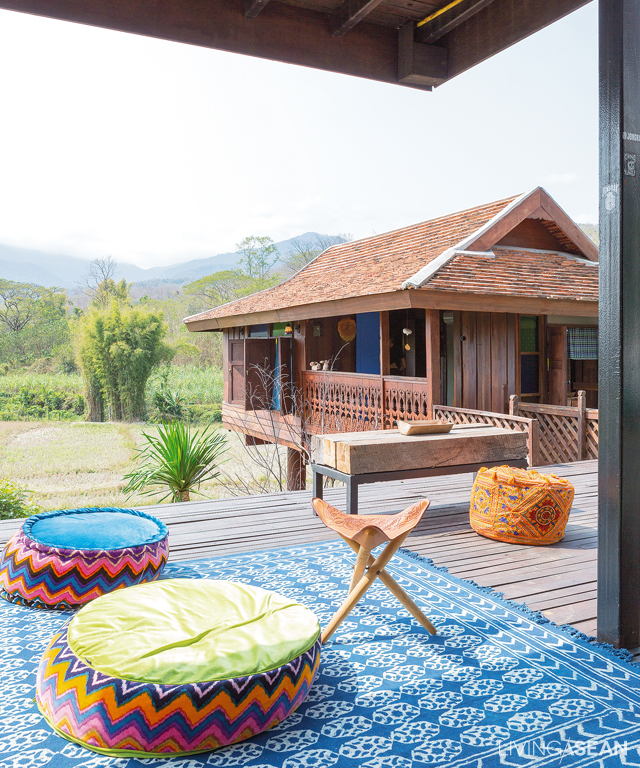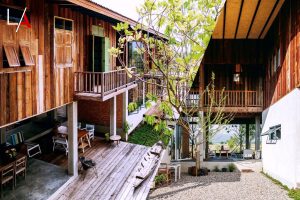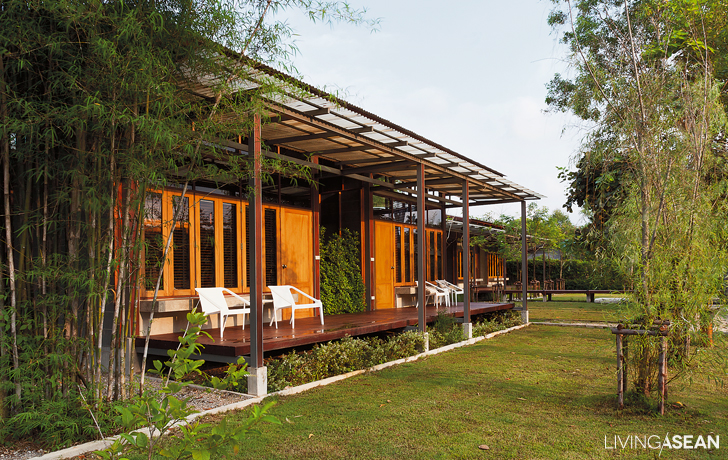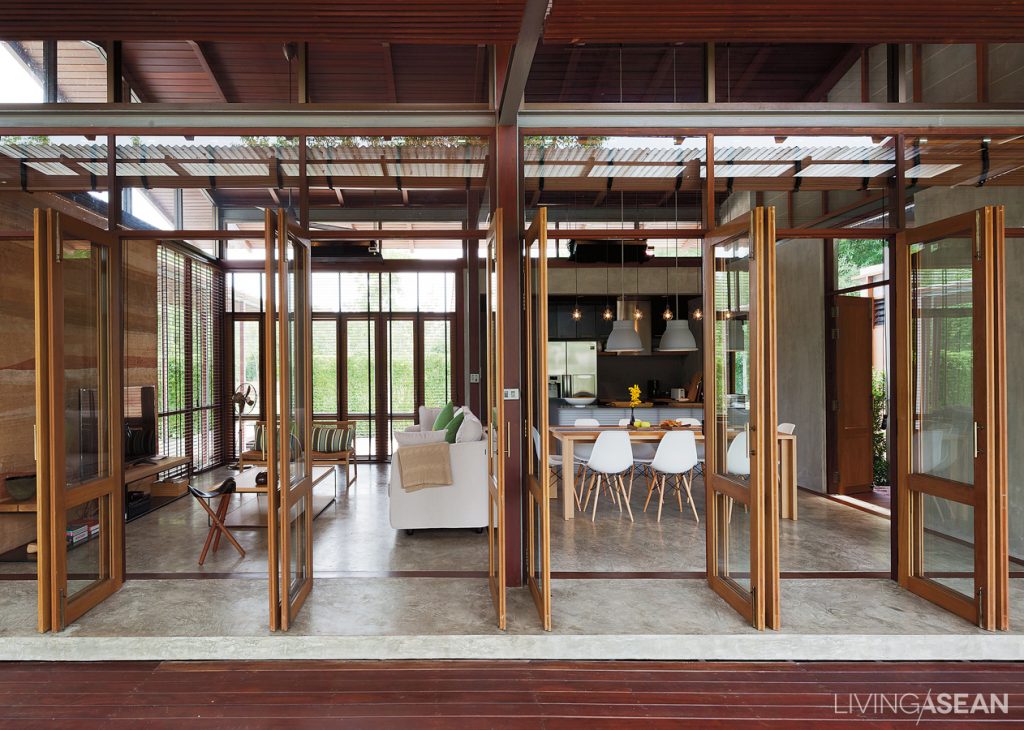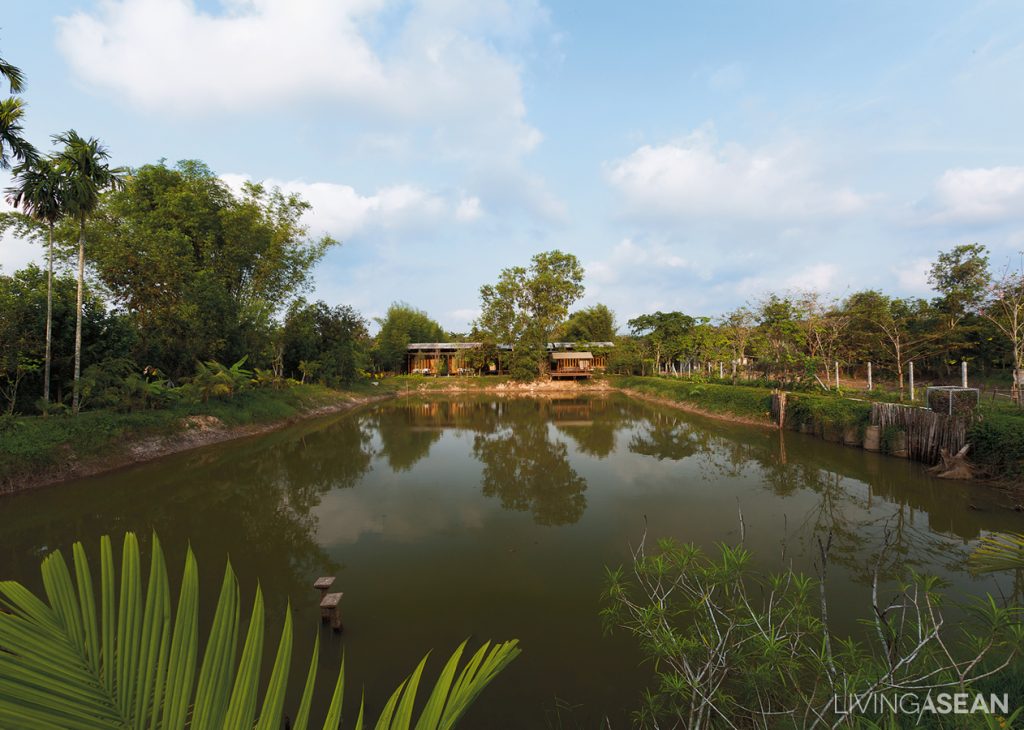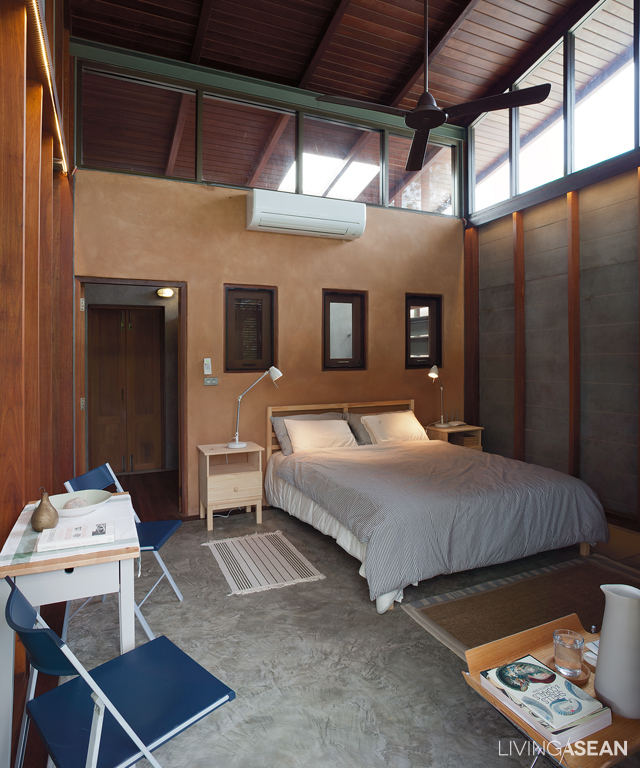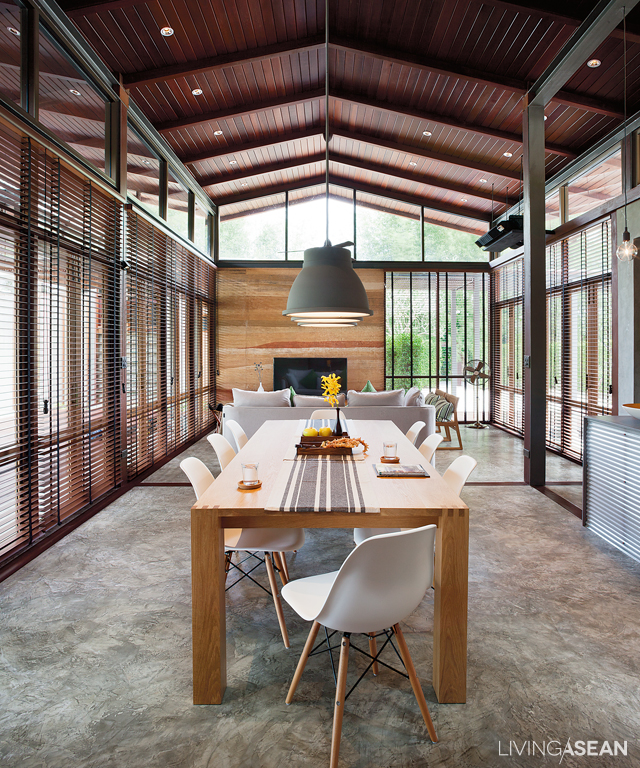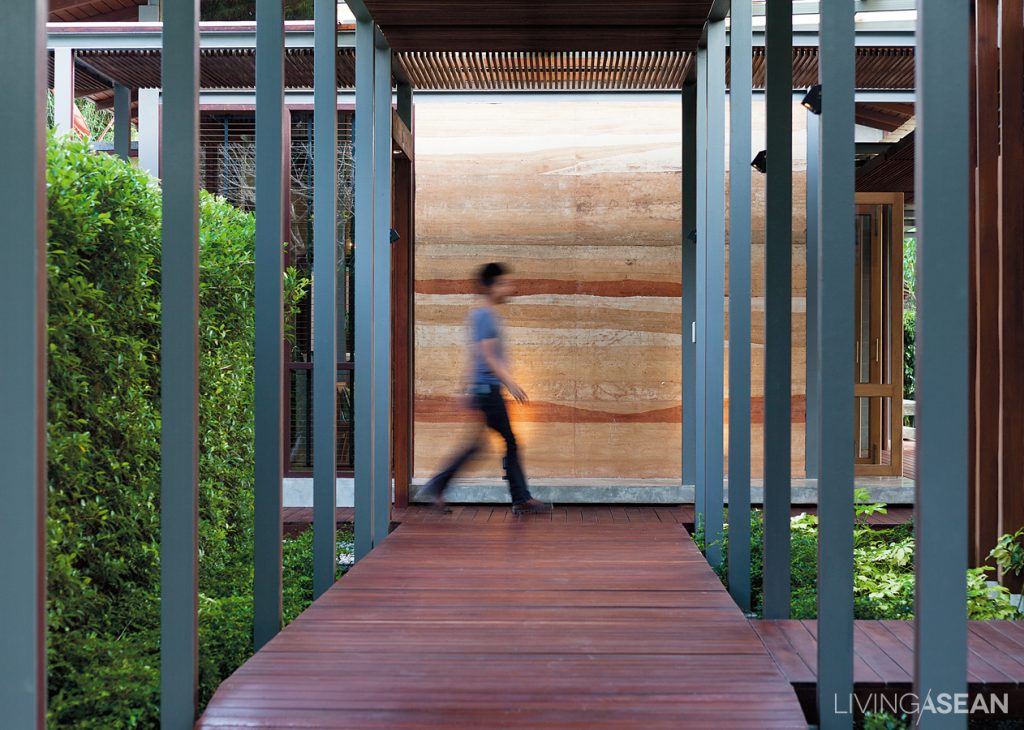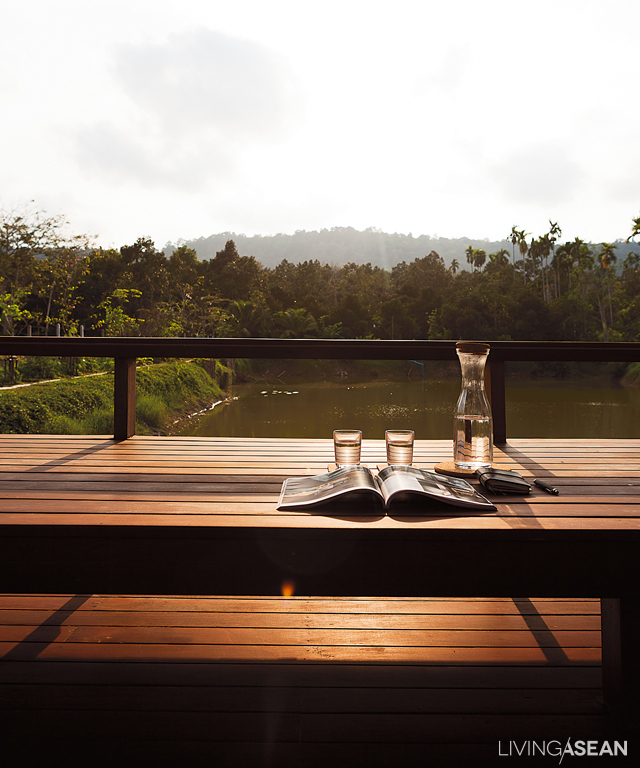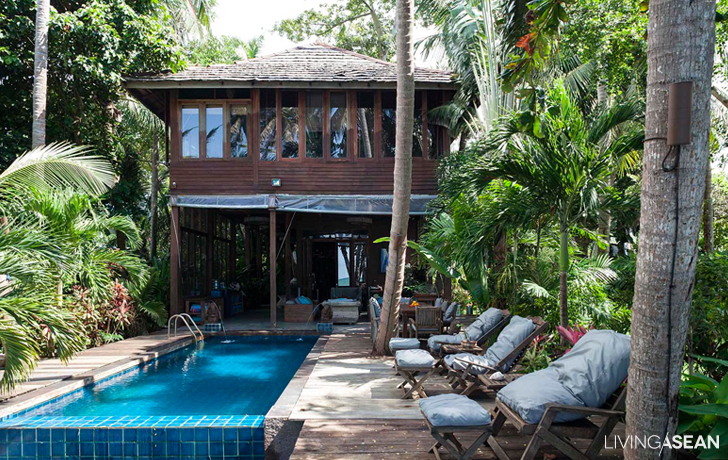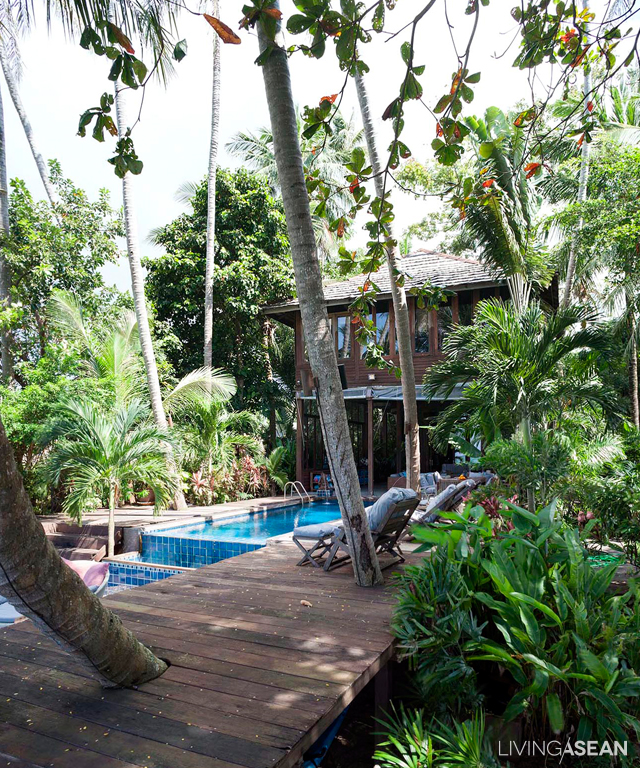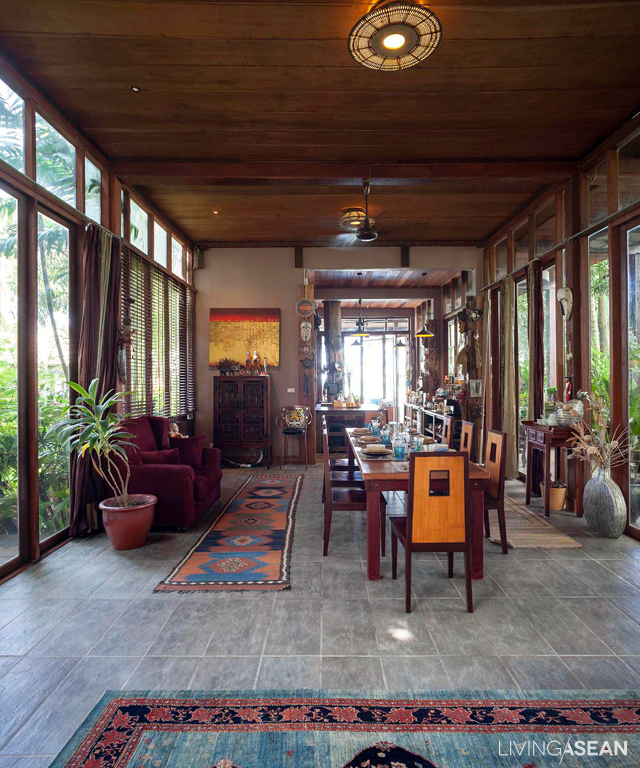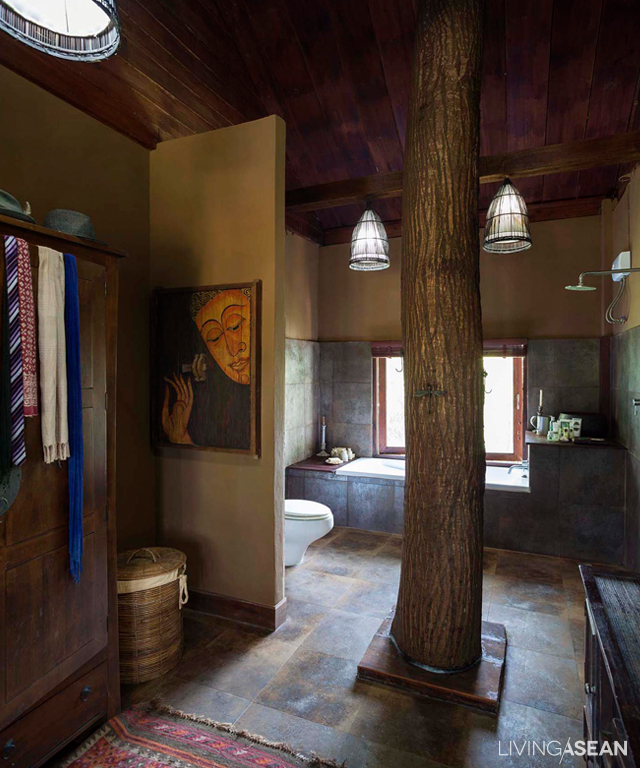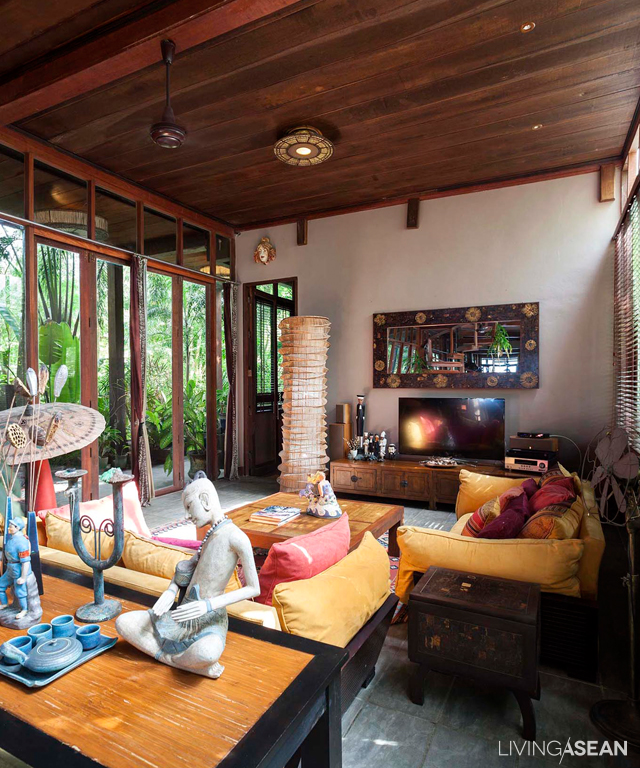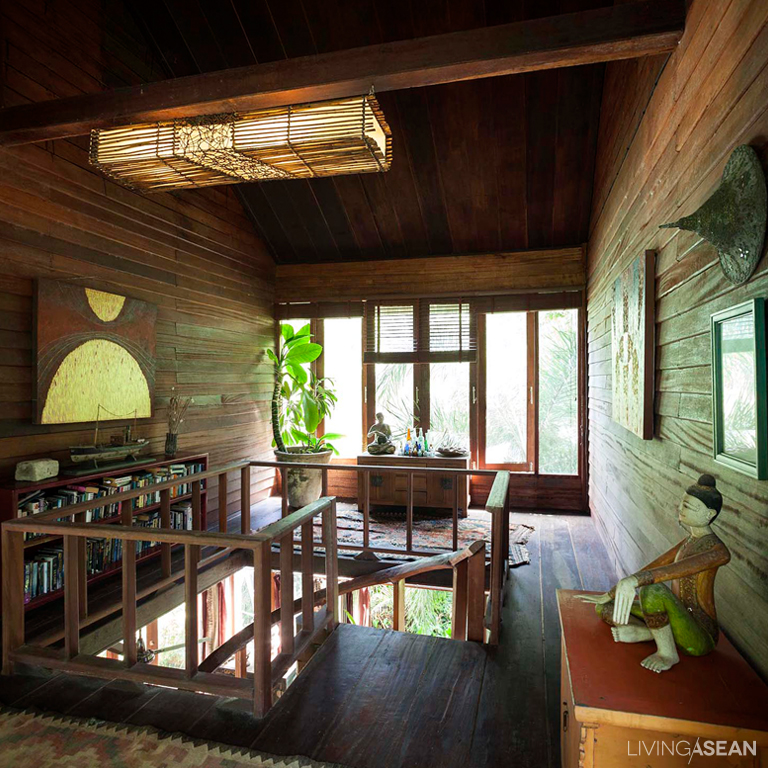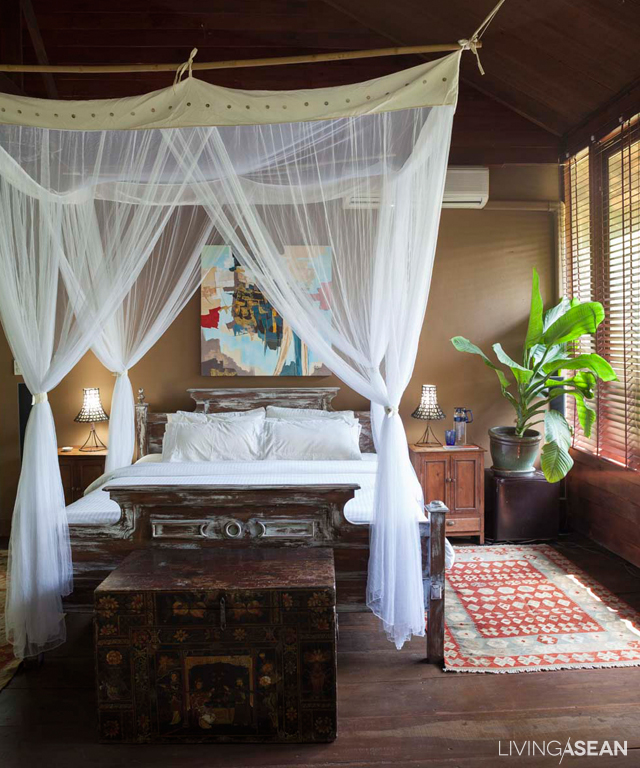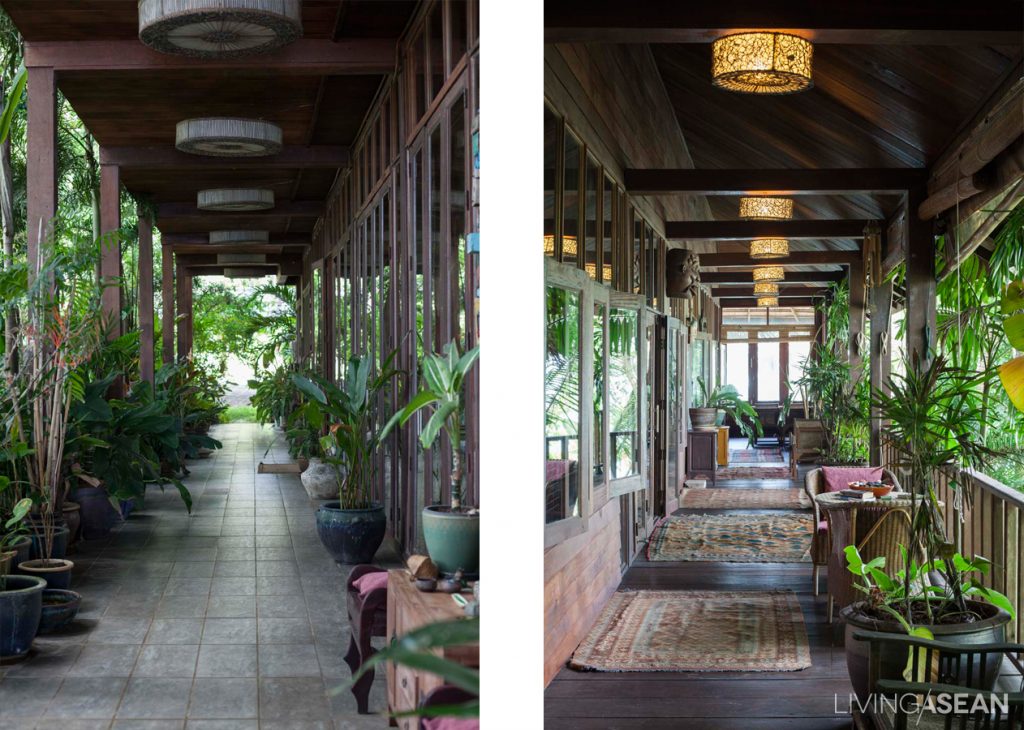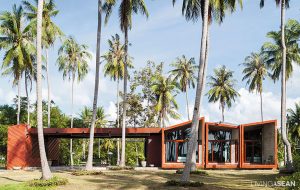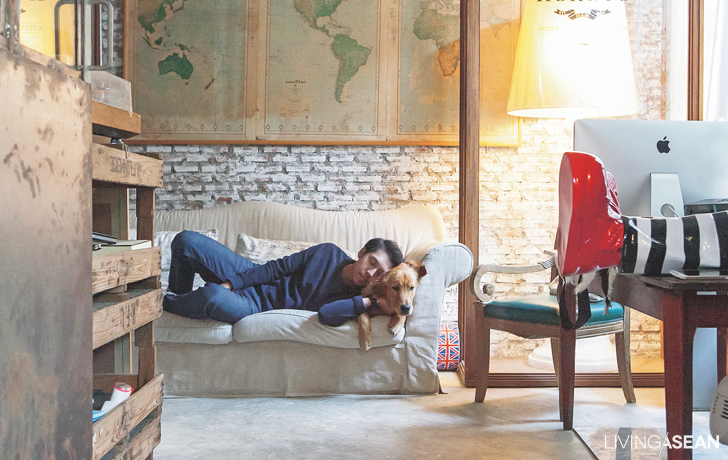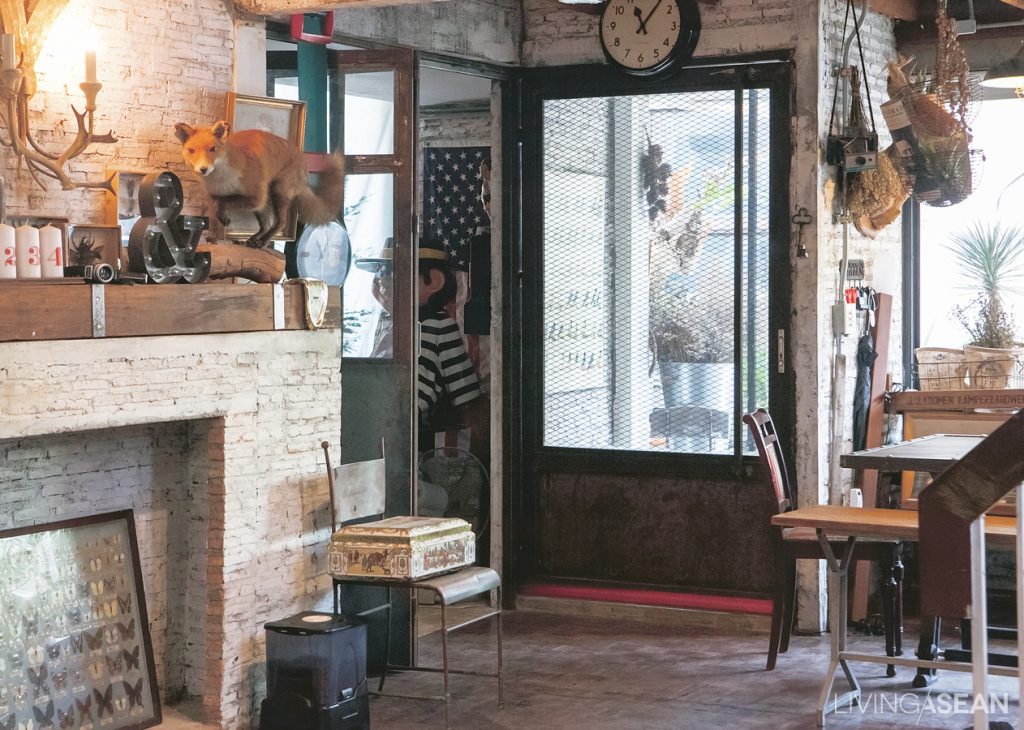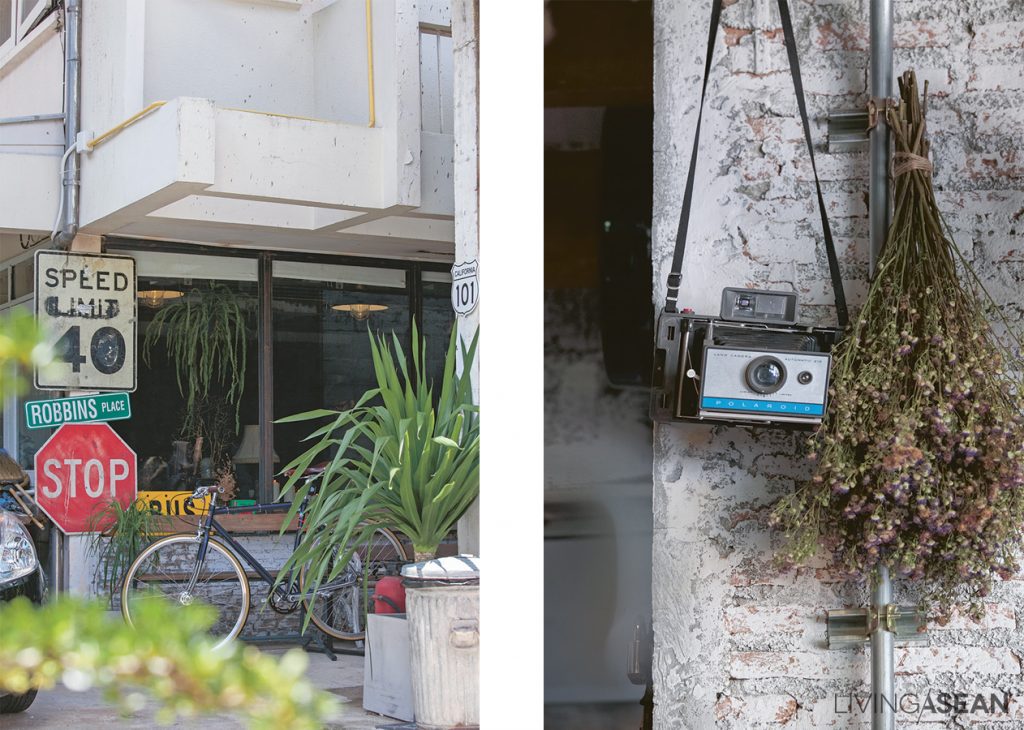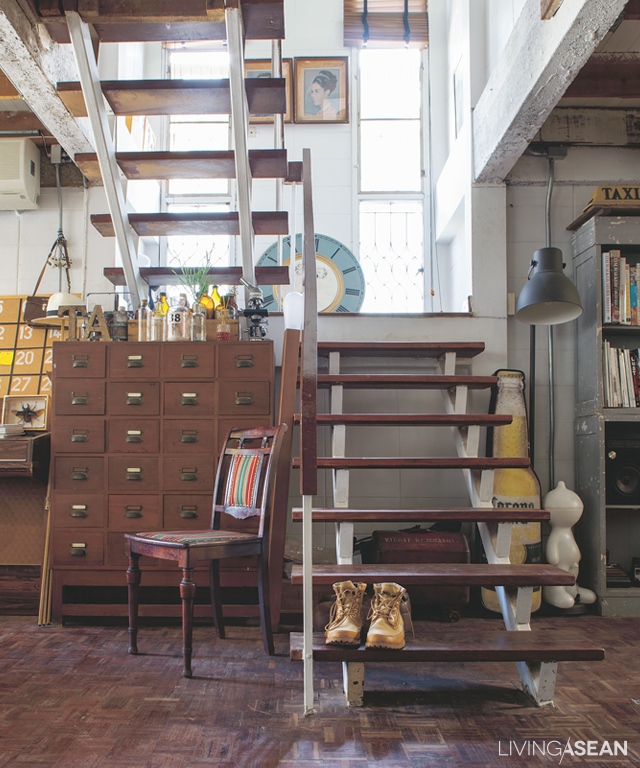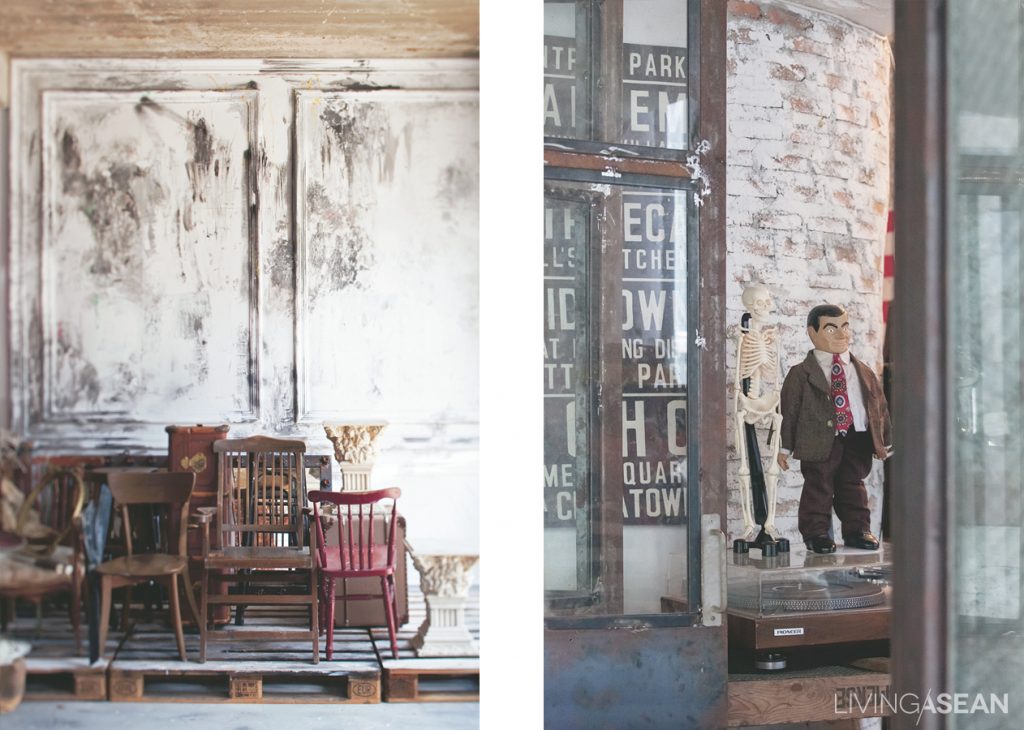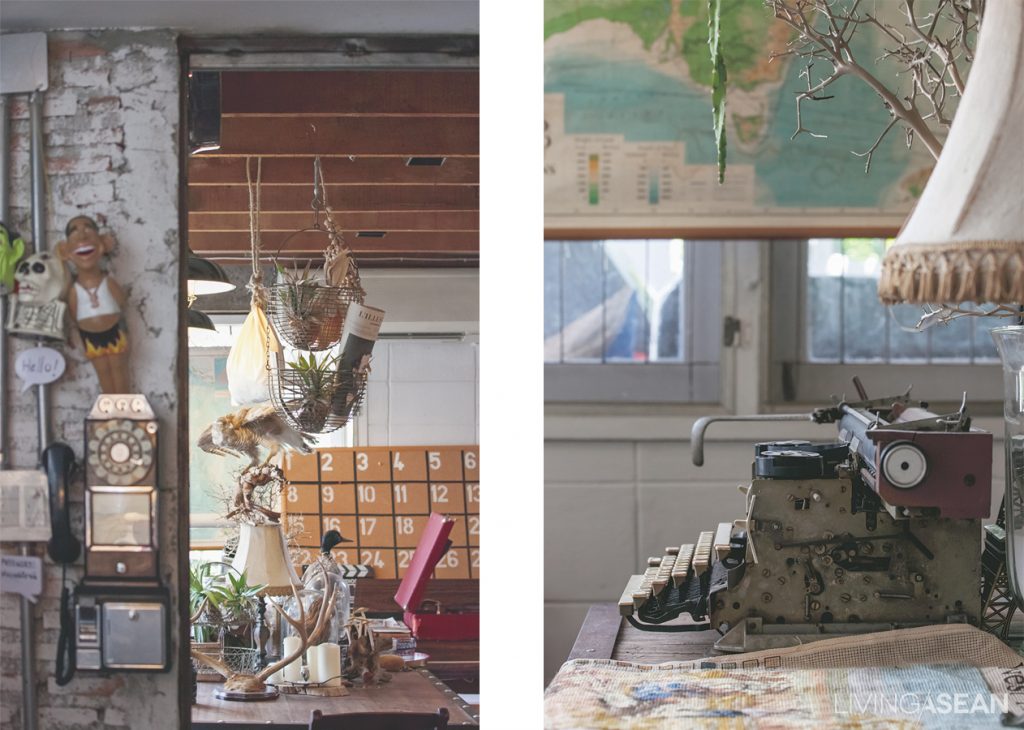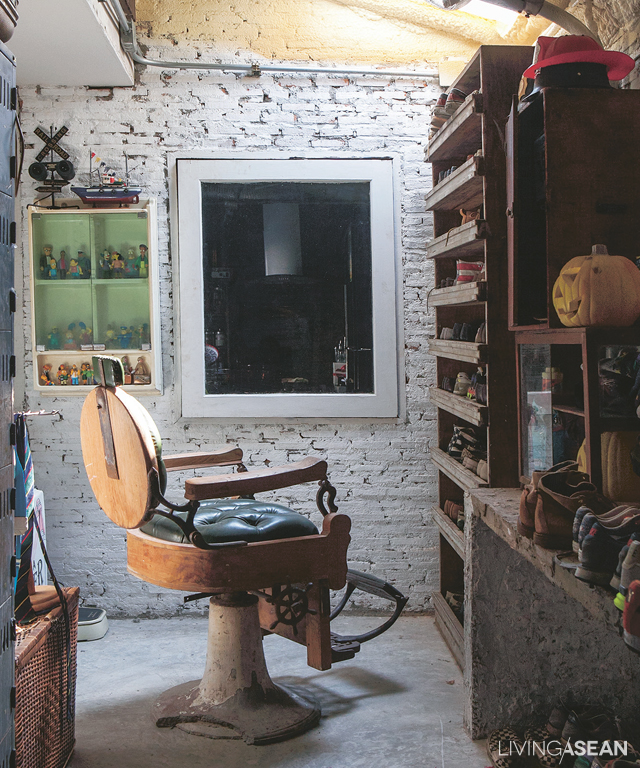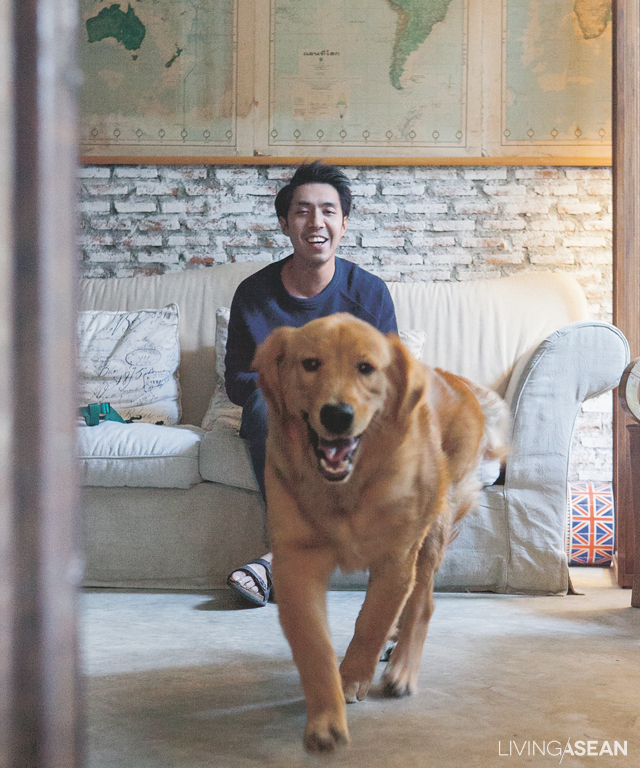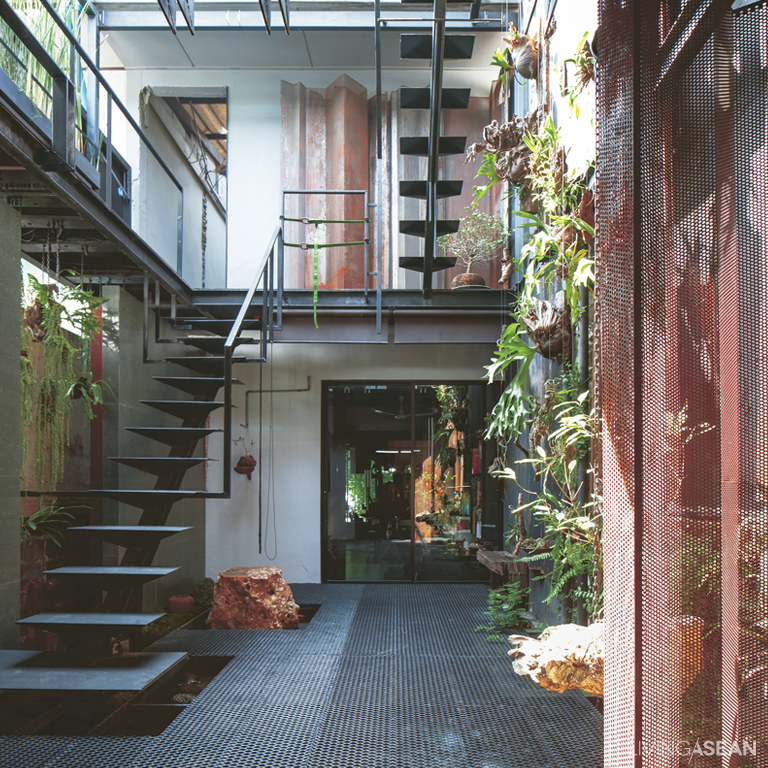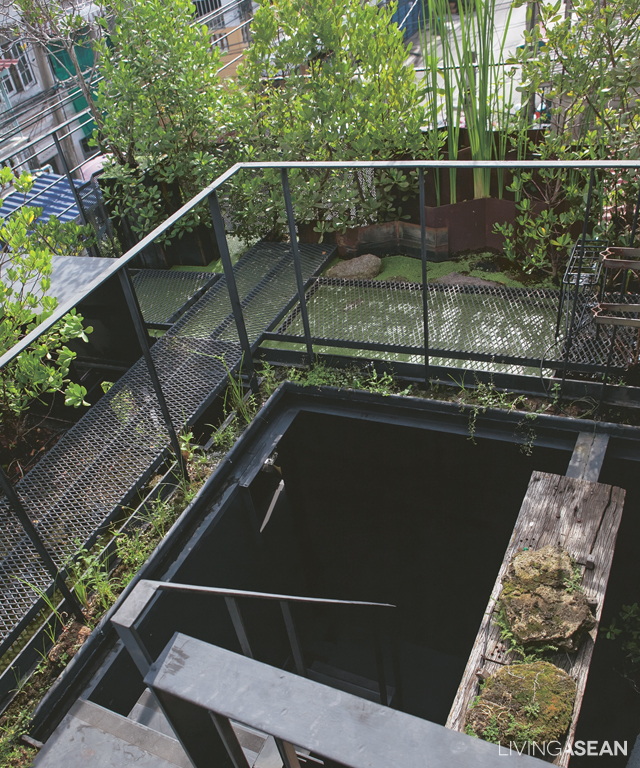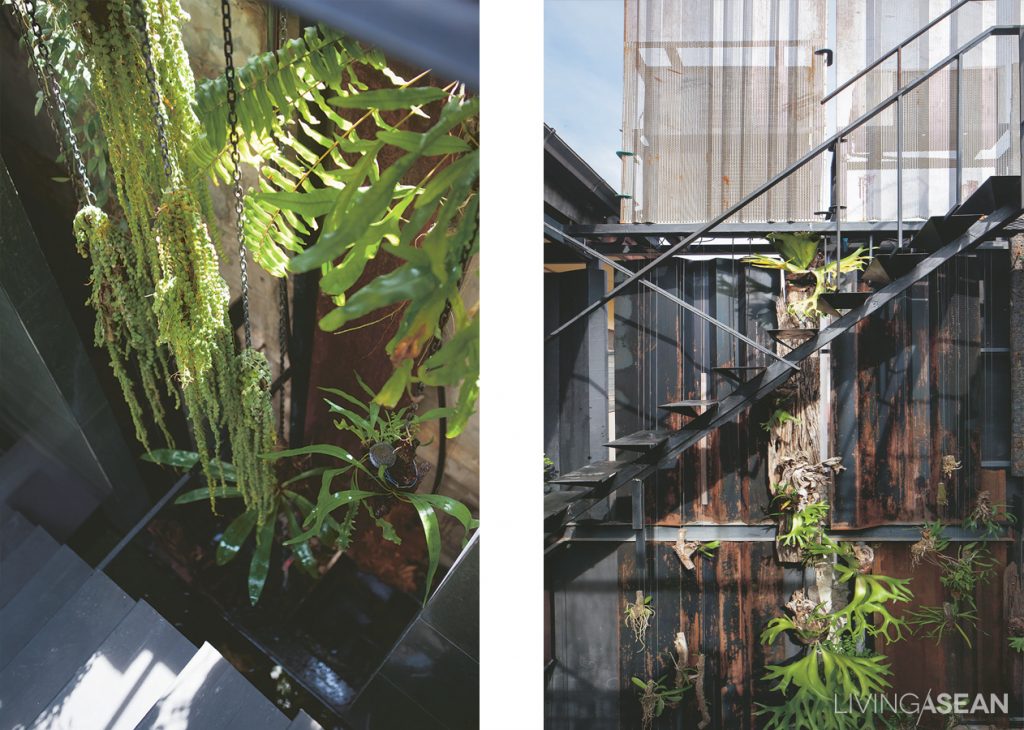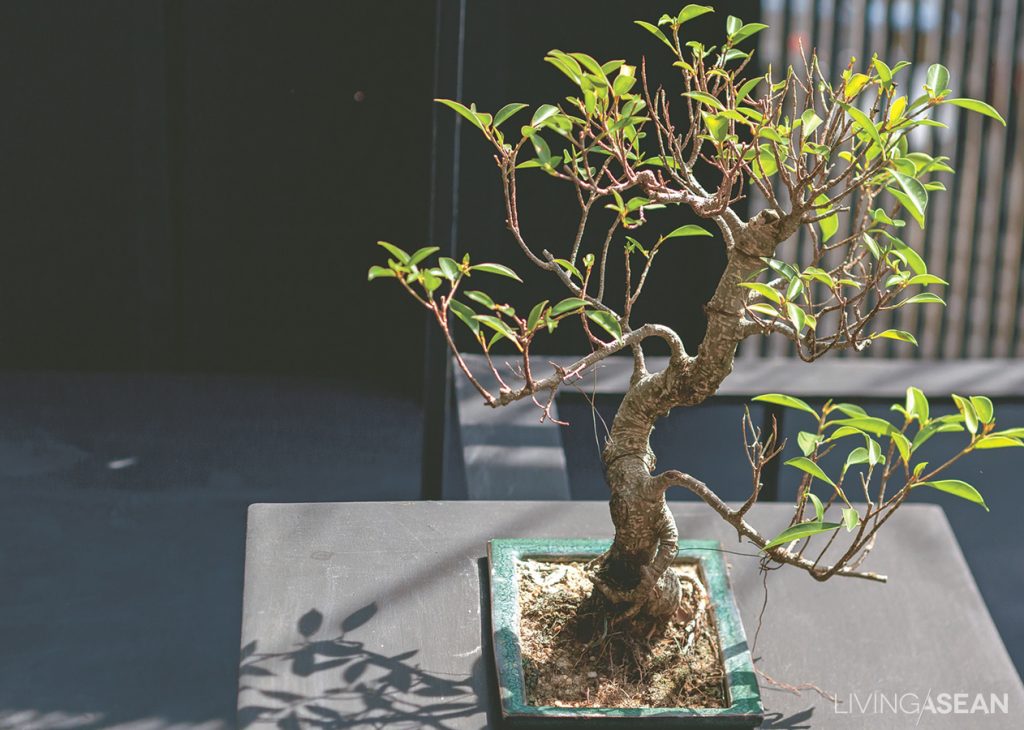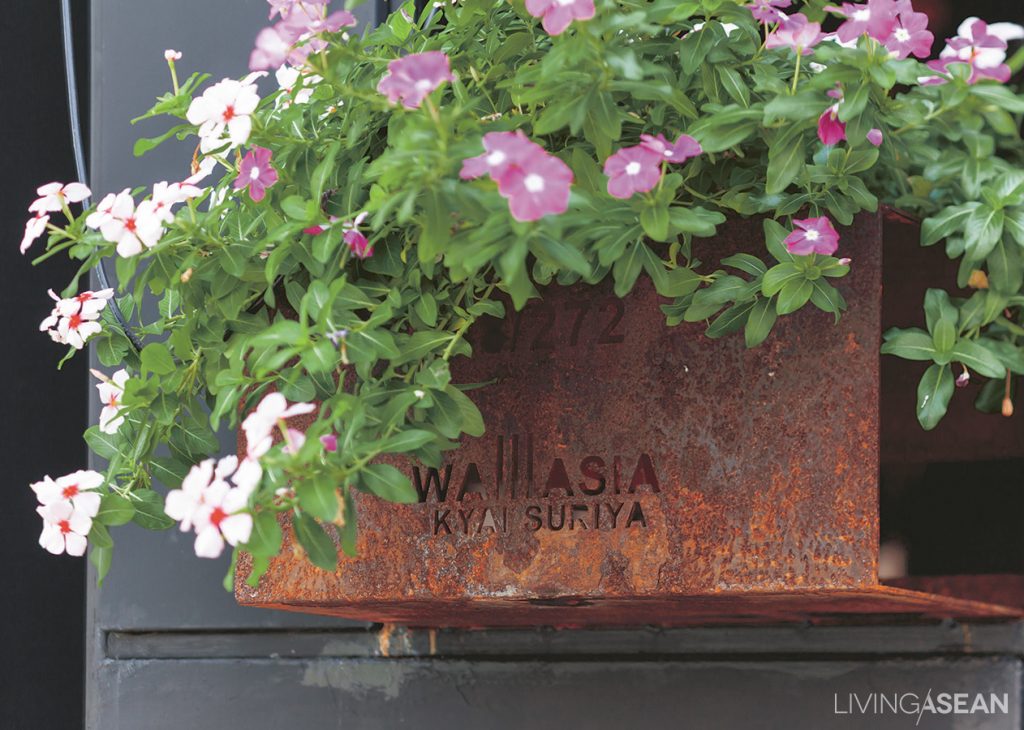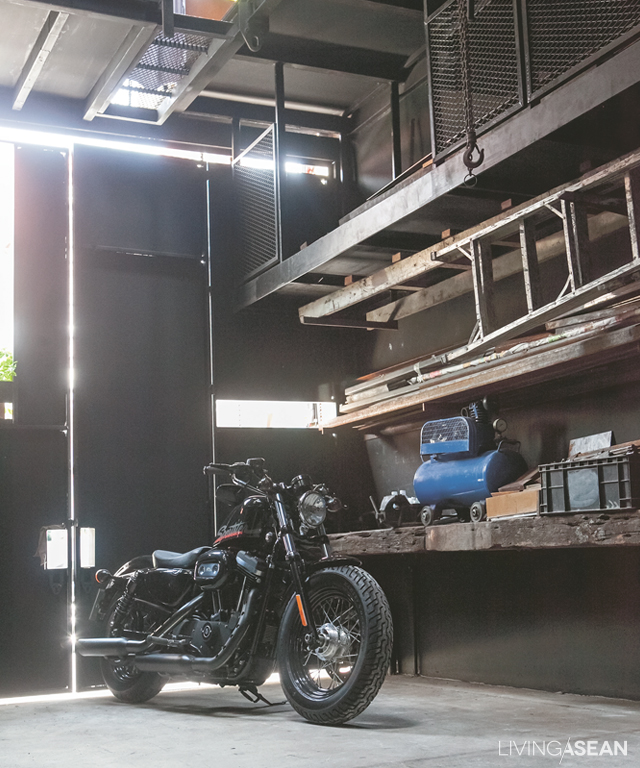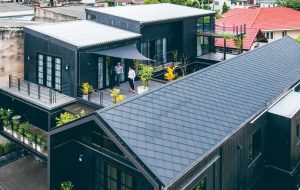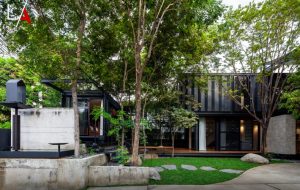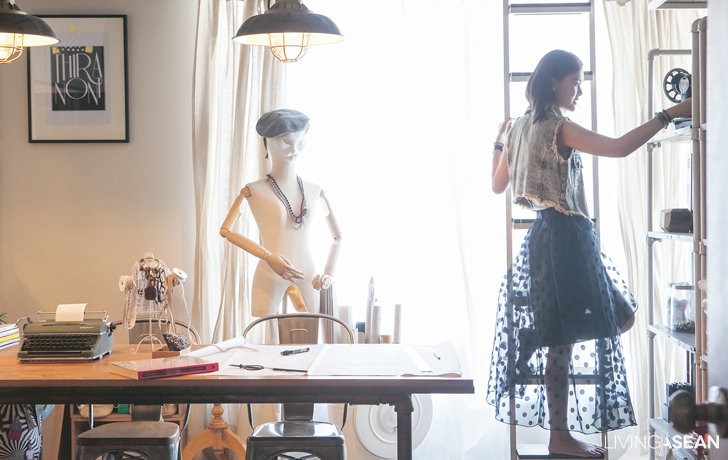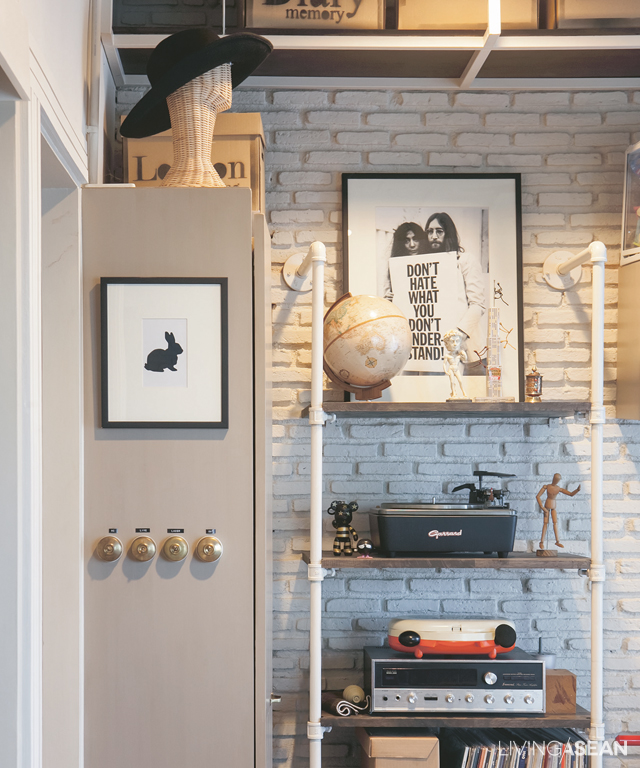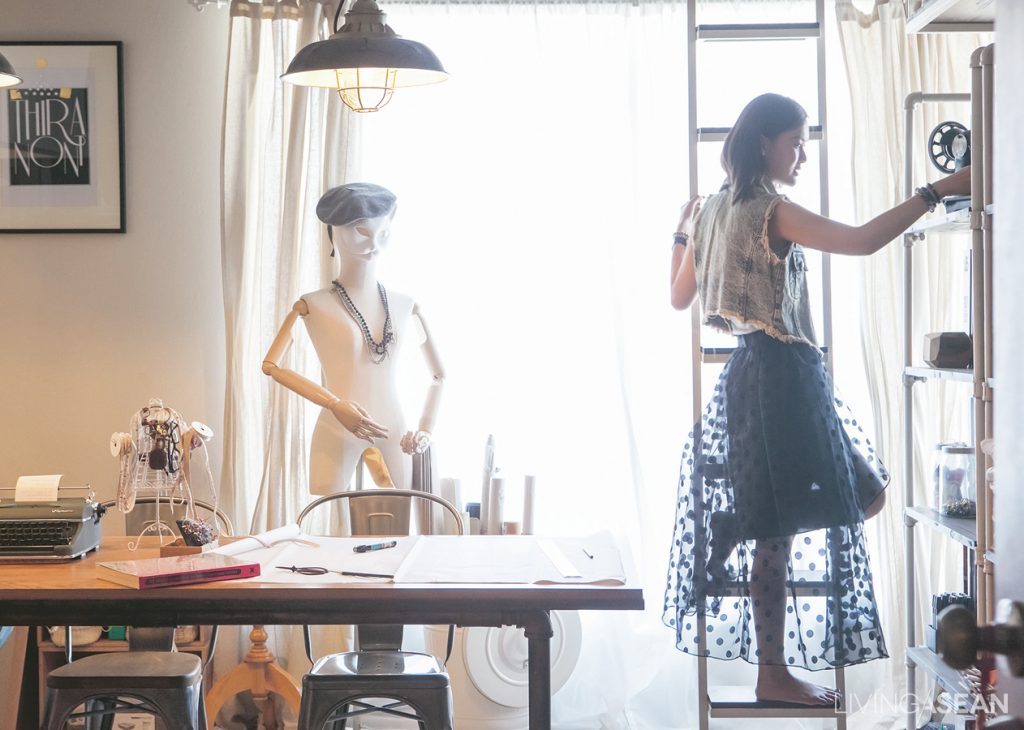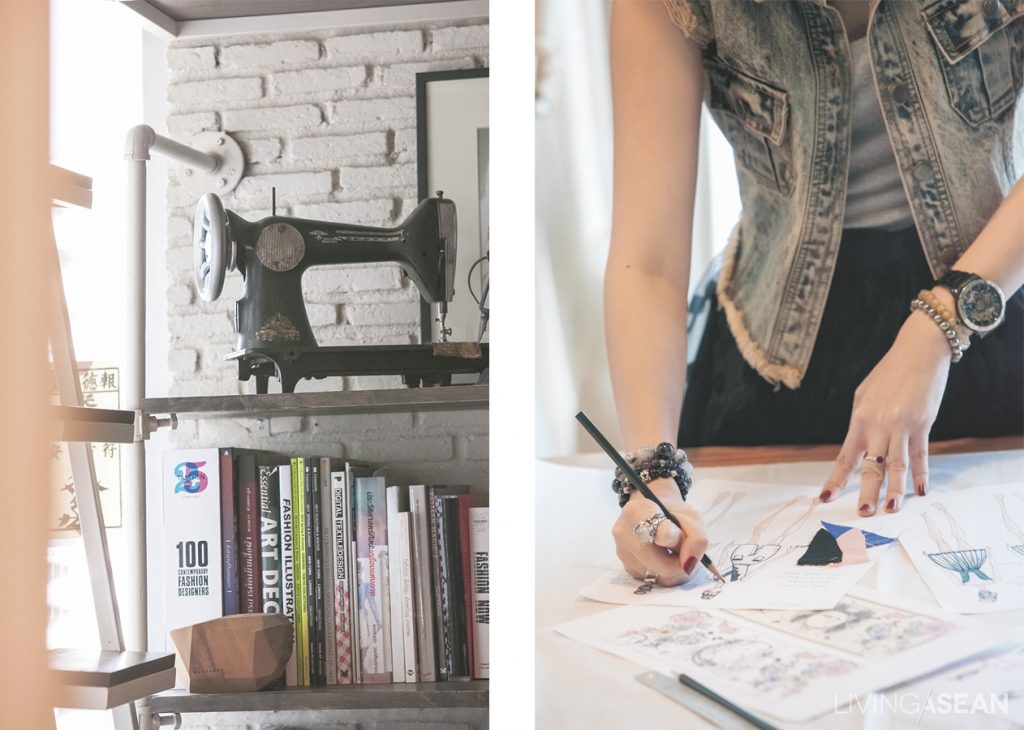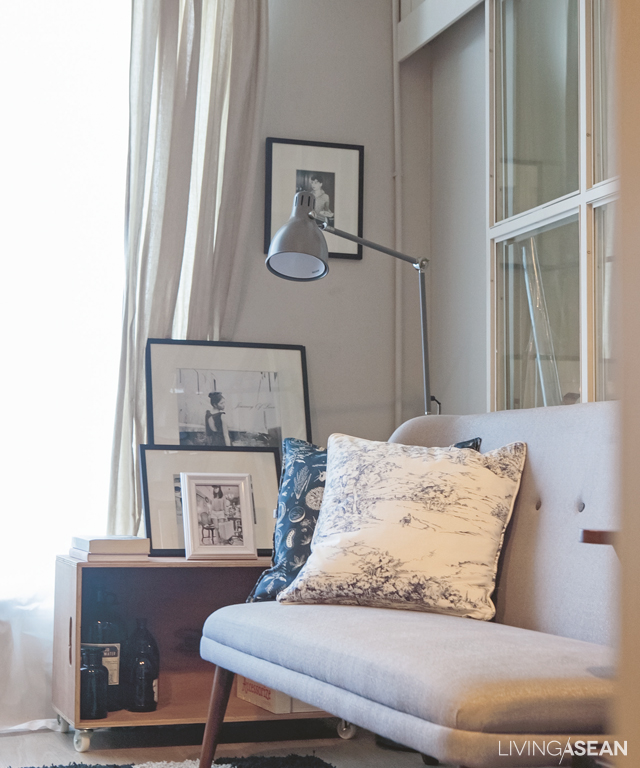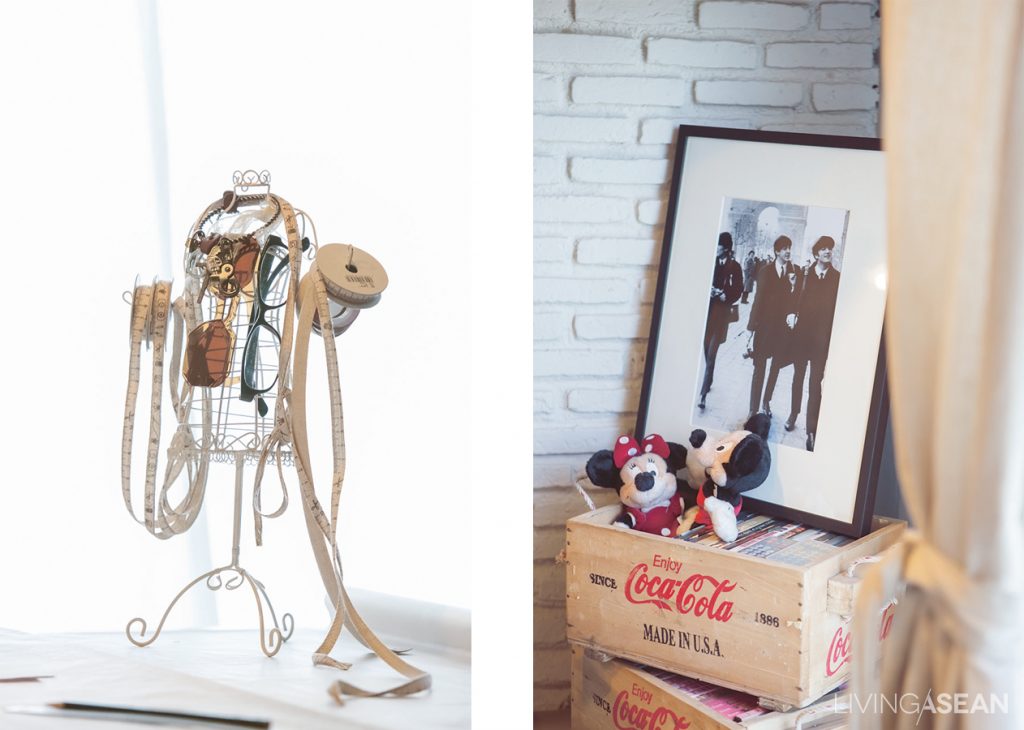A deep understanding between owner and designer translated into a warm, welcoming american classic home with exquisite décor, full of personality and style.
/// Thailand ///
Story: skiixy /// Photos: Jirasak, Nanthiya /// Assistant Photographer: Sathit /// Style: Praphaiwadee /// Designer: Thittawan Chaiyawong
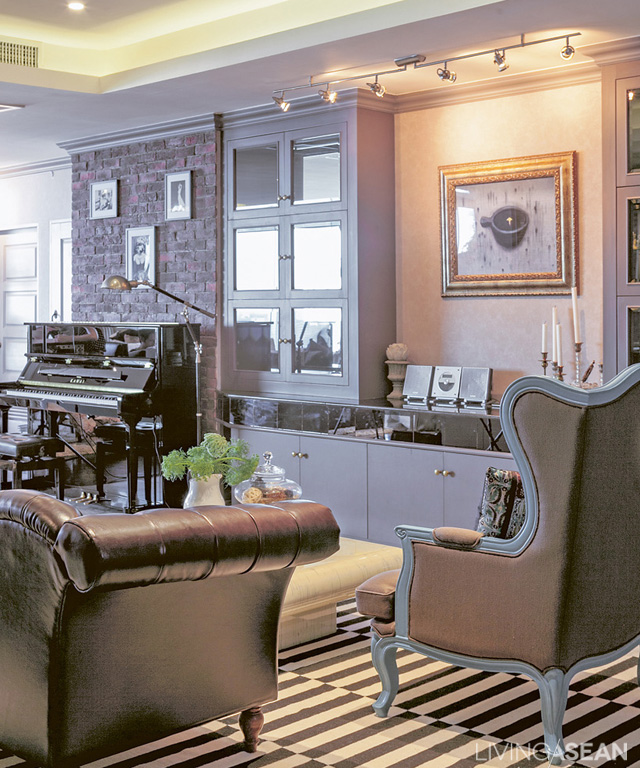
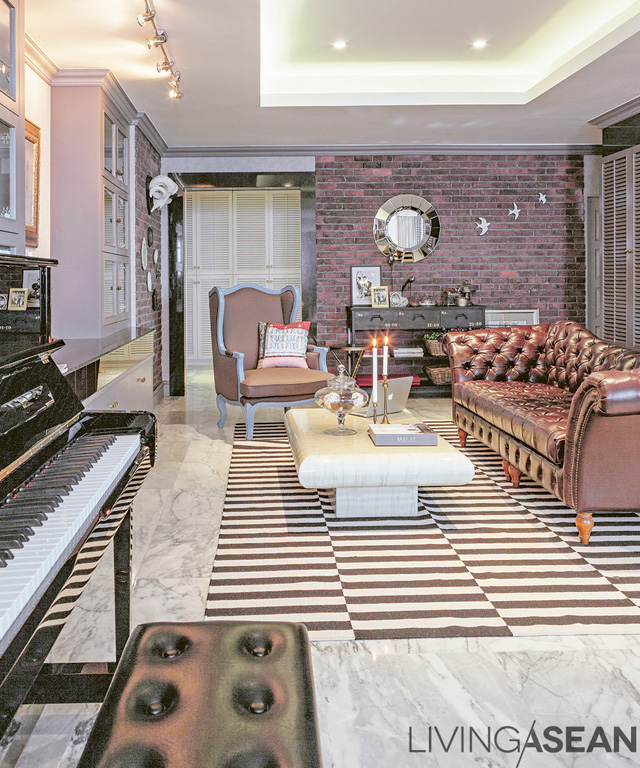

This 290-square-meter condominium suite on the Chao Phraya river is graced with a panoramic view of the King Rama I Bridge and the Thonburi area.
When the owners began life as a family, this was their first home. Thittawan Chaiyawon was both a designer and a close friend, so at this turn in life they invited her to weave their new family’s dreams to become the fabric of a beautiful new reality.
From the moment we stepped inside, we were impressed. Beyond the classic American-style décor with its mix of fashionable industrial, the cheerful personality of the still-young mother/owner could be seen in every nook and cranny as she entertained us with tales about their earlier life.
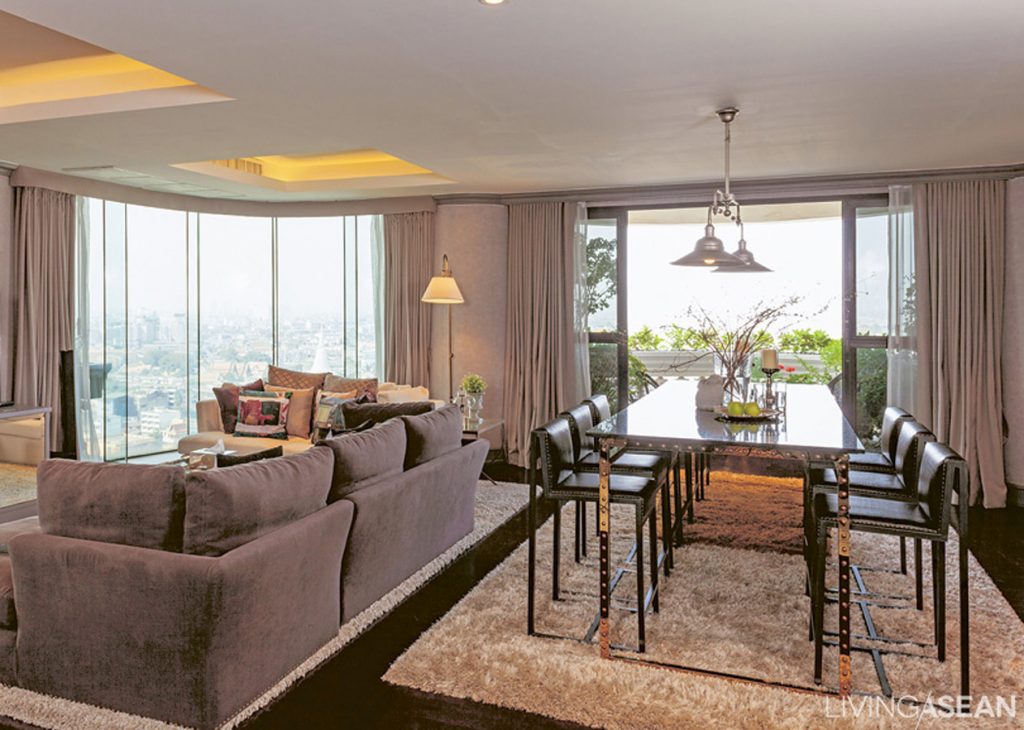
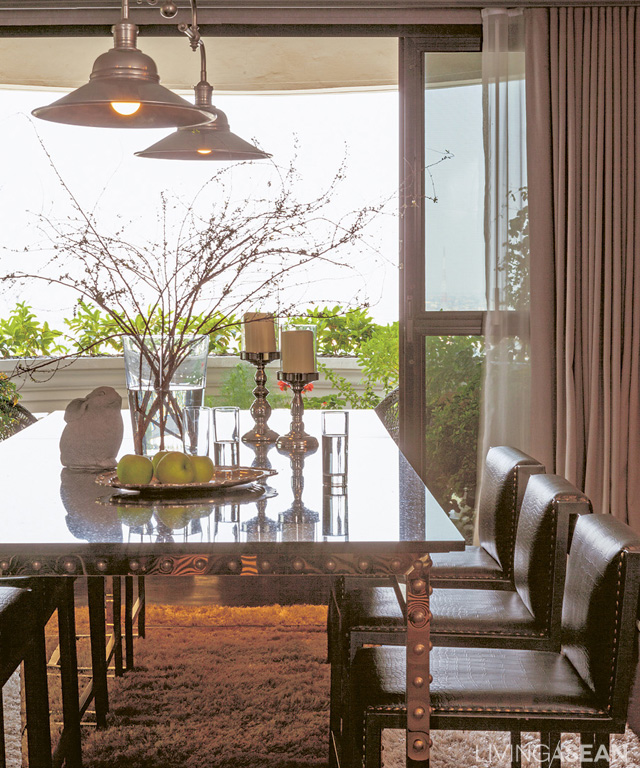
“When we got married my husband’s grandmother gave this room to us. For comfort’s sake we wanted to fix it up to reflect what we liked, since we figured on being here at least 4 or 5 years.”
The ambience they were looking for was “American classic.” Interior decoration came down to adding one sweet detail after another. The decorator told us this was great fun for her from beginning to end.
“We tried to preserve the basic room plan and any valuable materials: the marble floor, the kitchen marble. We put in full-size wooden doors, and where floors were wood we stained them a deeper color. We tore out and replaced all the old utility systems and the ceiling. We wanted a higher ceiling, so more light and air could come in and it wouldn’t feel stuffy.”
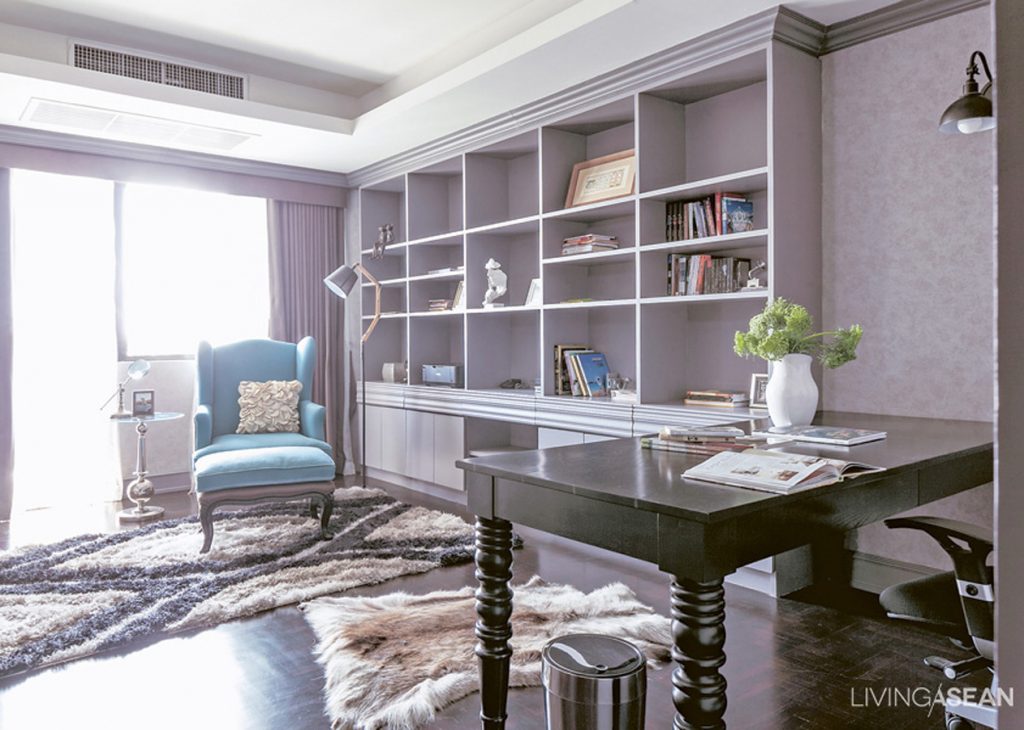
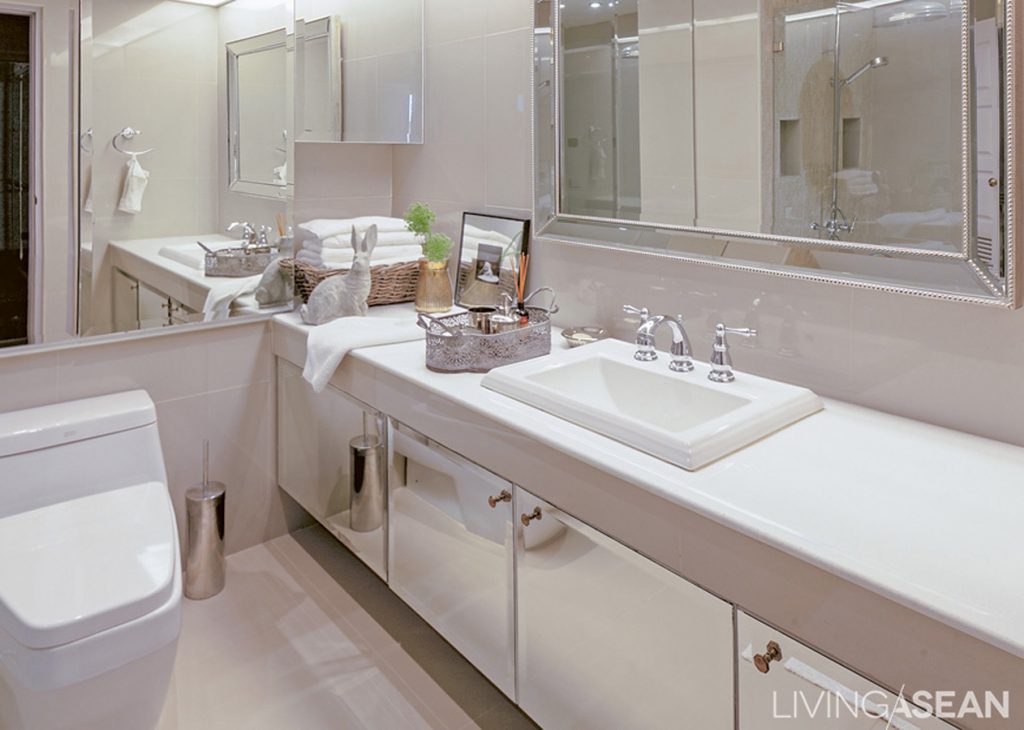
Another unique feature: every piece of movable furniture was tailored to suit the wife’s feminine character. “We discussed this all with the furniture maker. He’s a friend who had come back from New York with us. The dining room table, for instance: our original thought was for a rust colored metal table. He told us, though, that it would truly and especially fit my character if the color was gold. We agreed to it. And it came out incredibly beautiful.”
“A home has to be perfect, and full enough that you can be happy living there,” the designer spoke for her dear friend. “It’s lucky she liked my ideas: not everyone’s like that.”
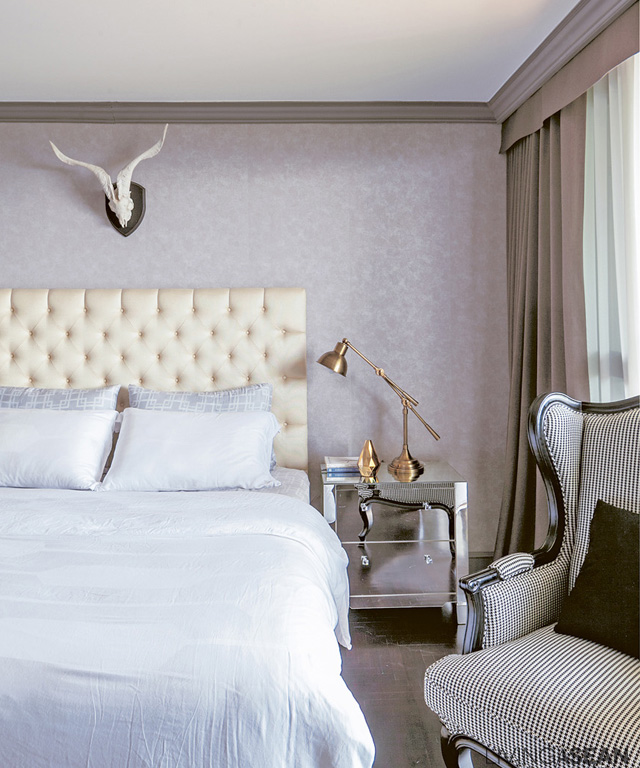
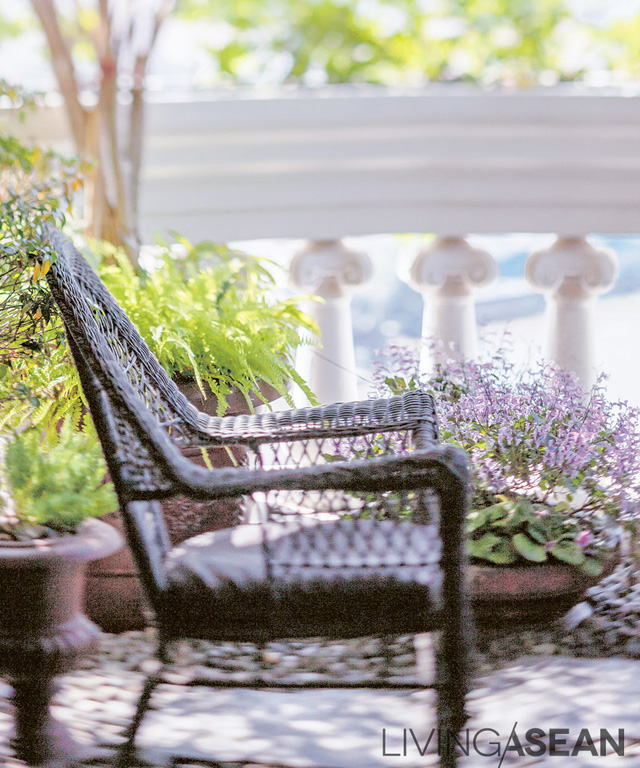
The wife says the one who was the most help in setting things up right was the child in her belly. “Before I was pregnant I didn’t much like staying at home, I’d rather go hang out with my friends. But when I started getting big, I preferred staying at home. Now I’ve started studying piano, and I fun practicing for my child to listen to.”
A warm, welcoming home and a lively family: this American classic environment looks to be just right for the new baby.
